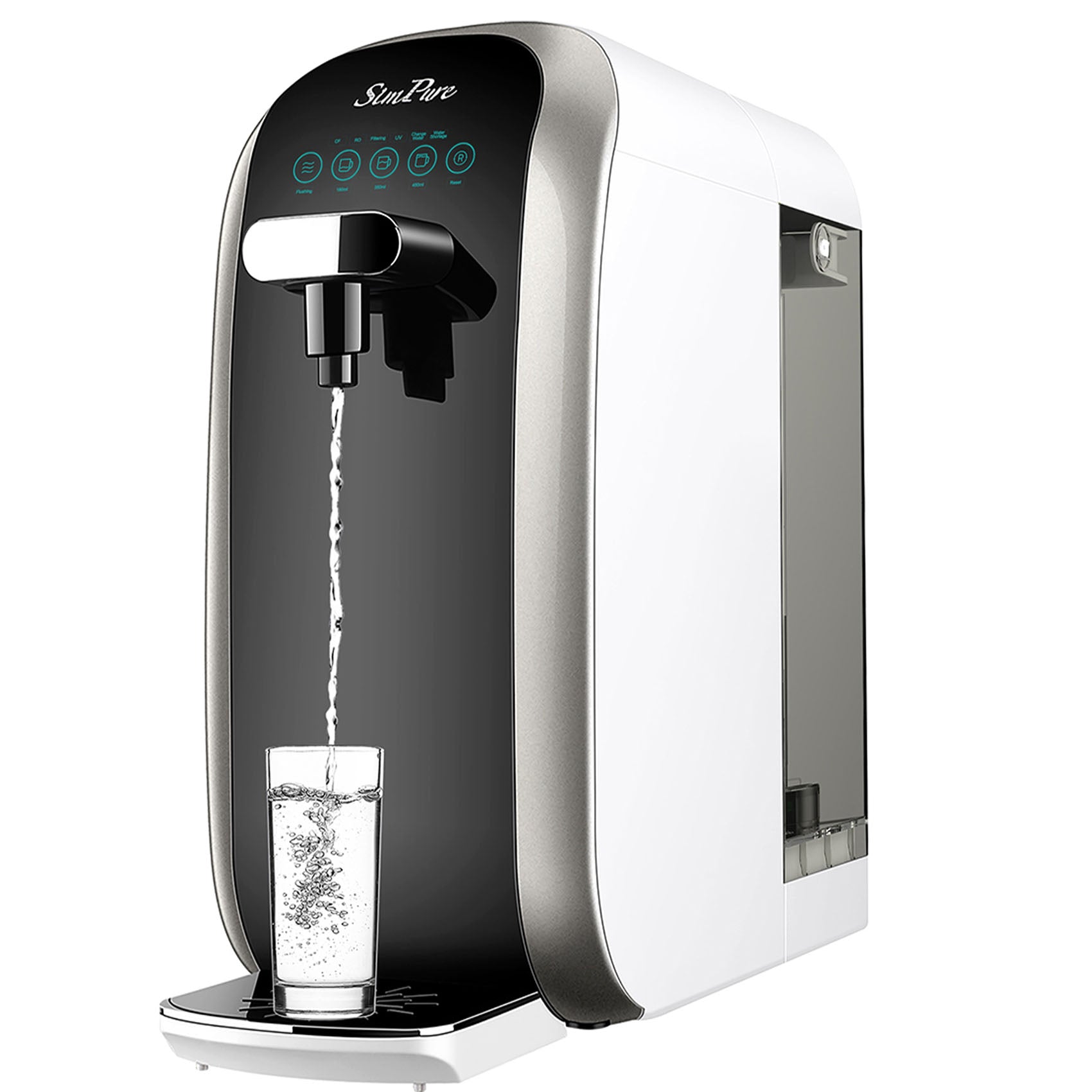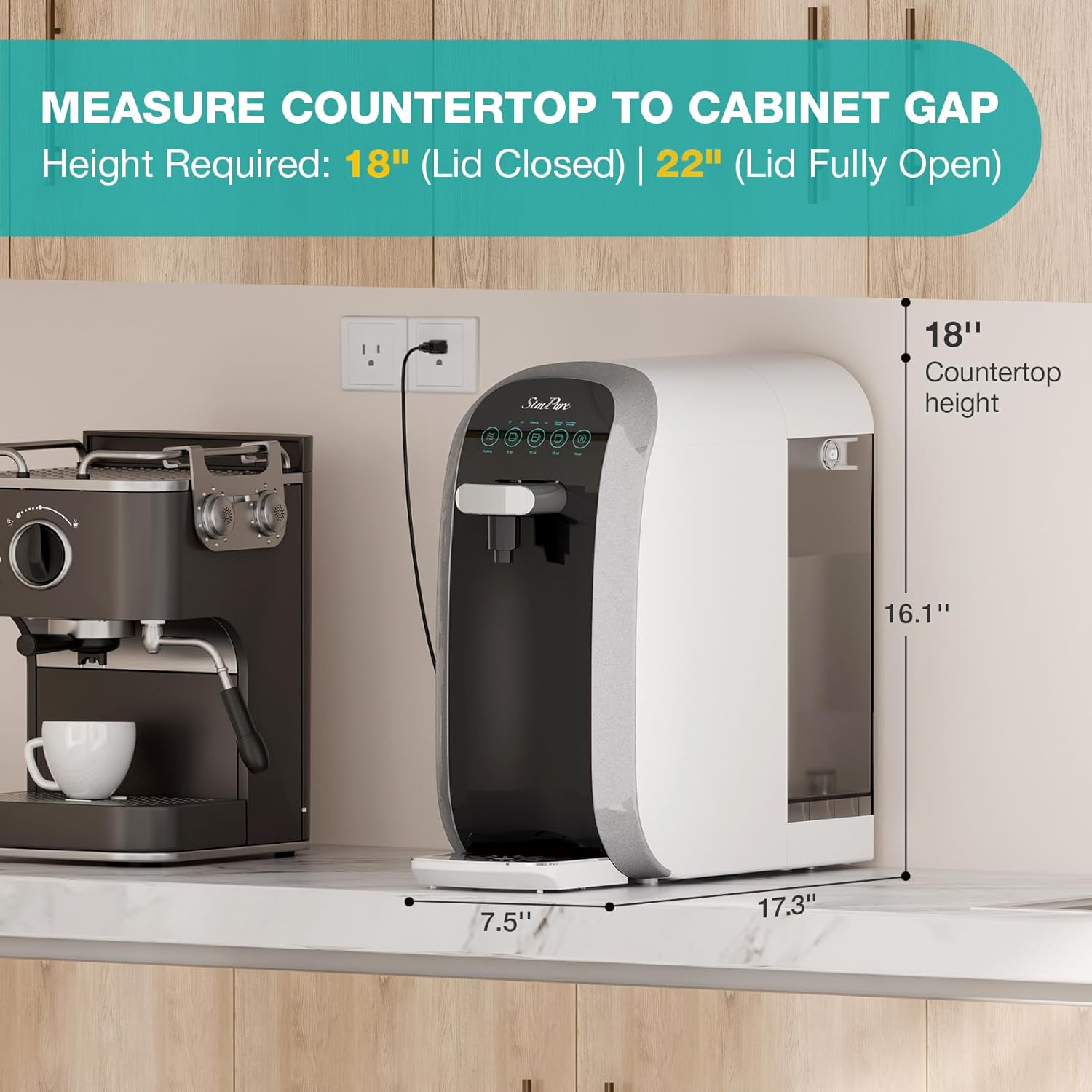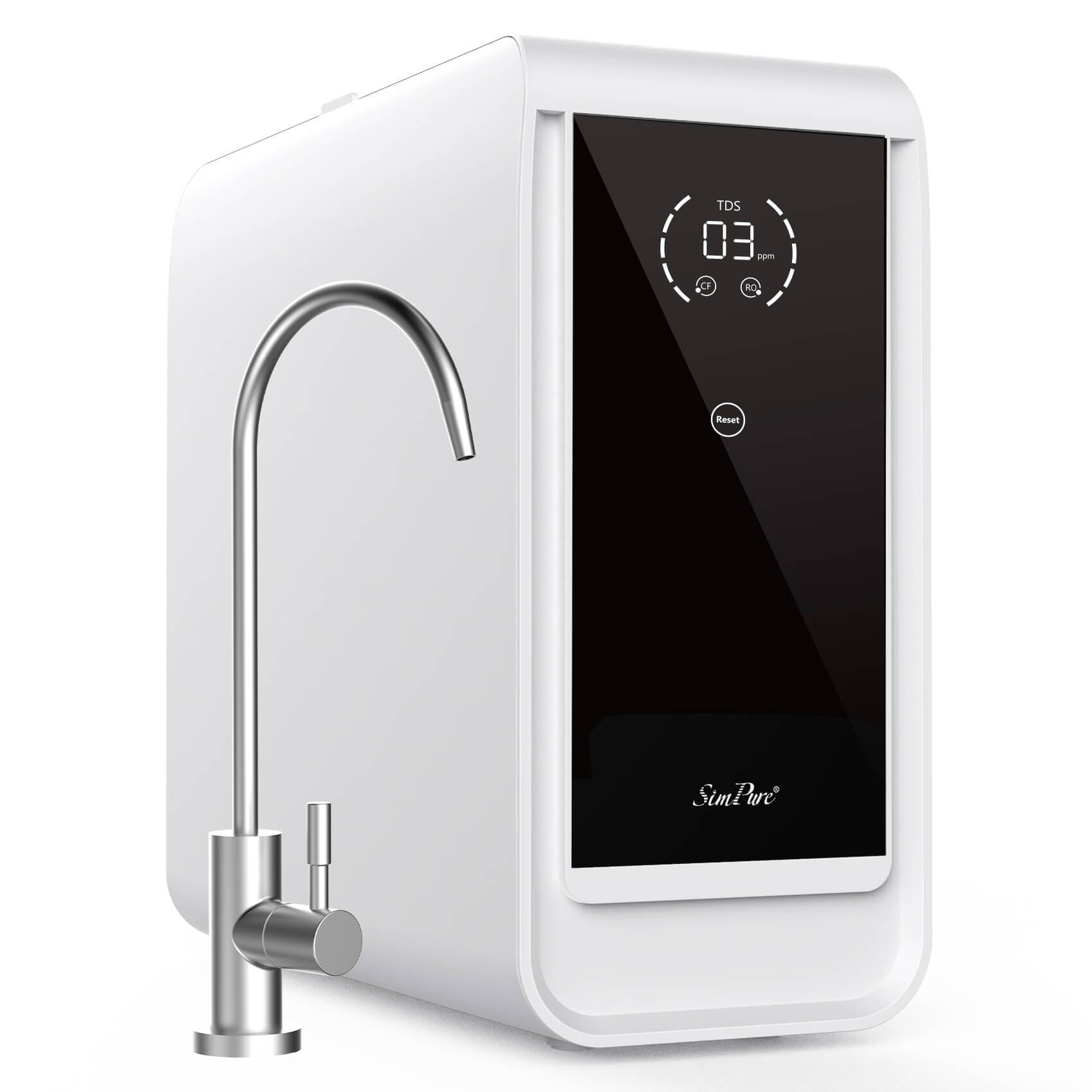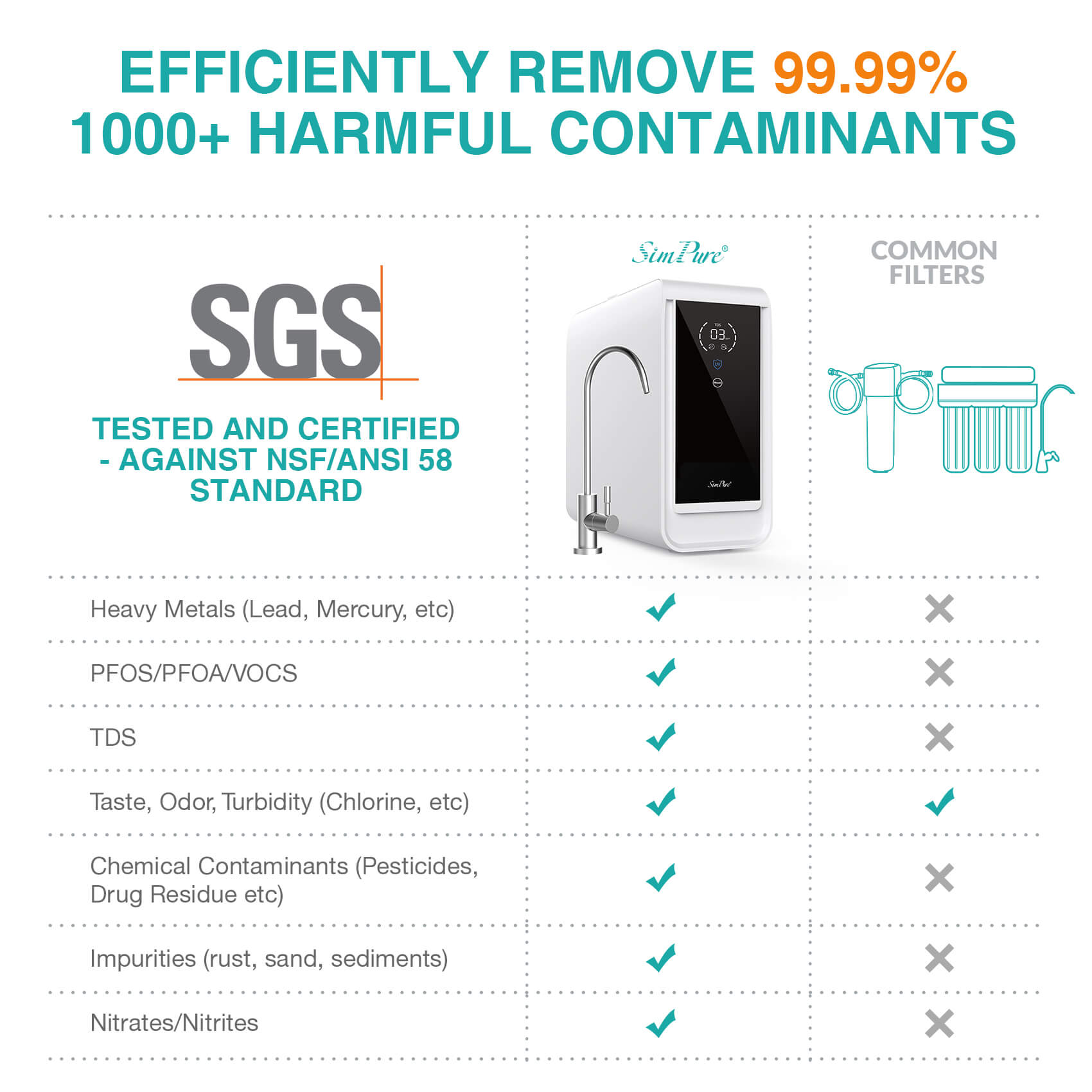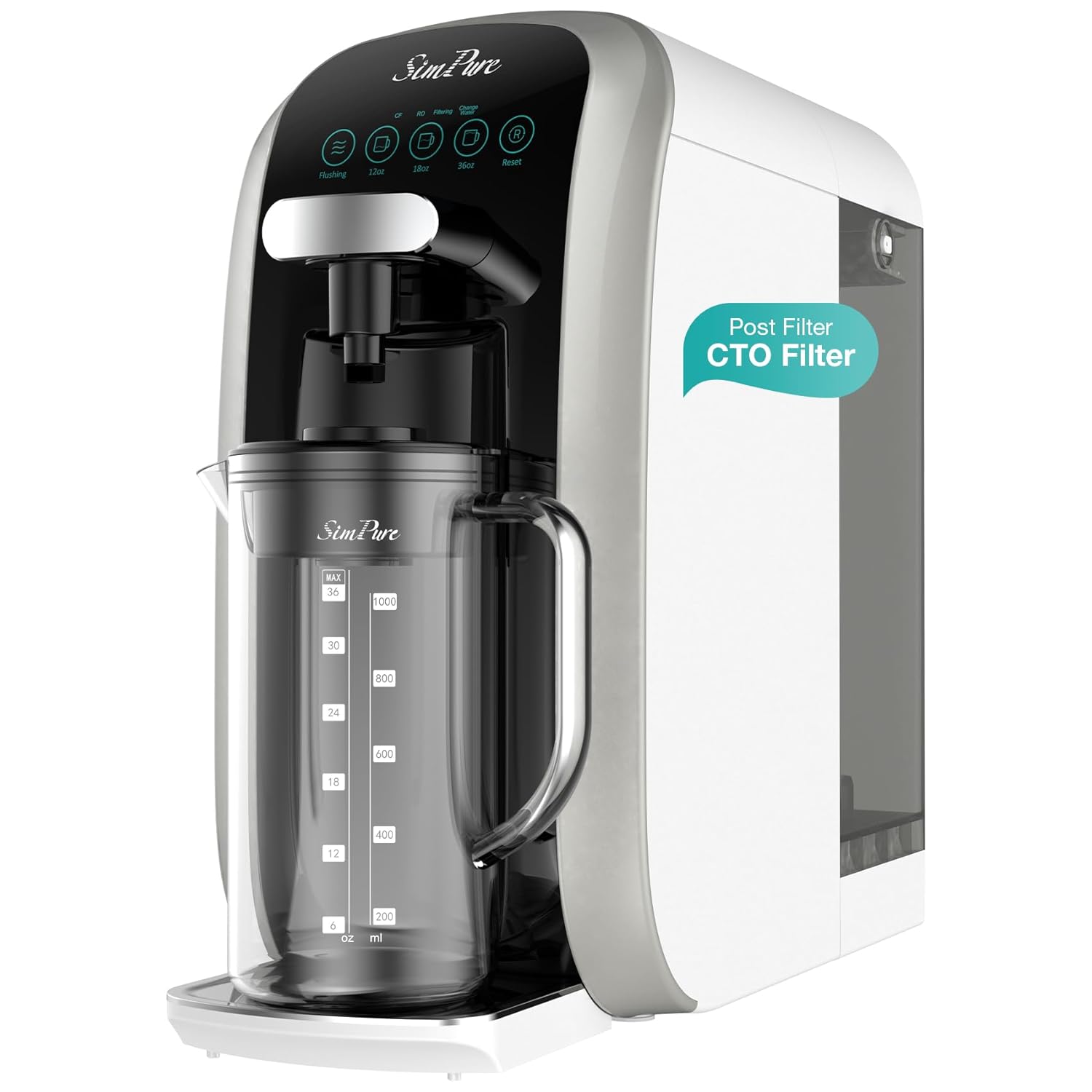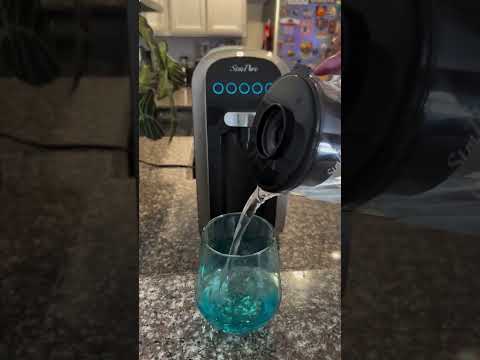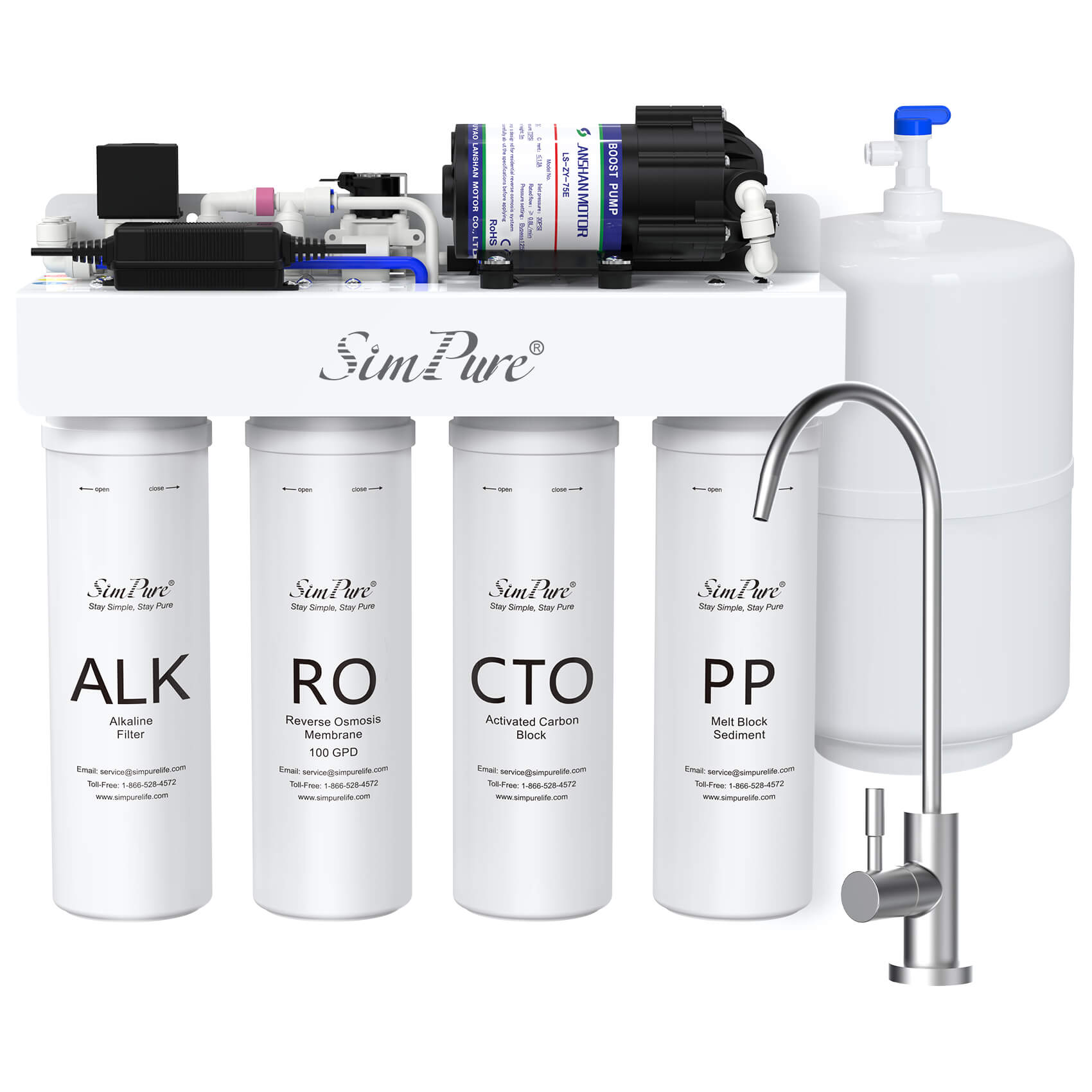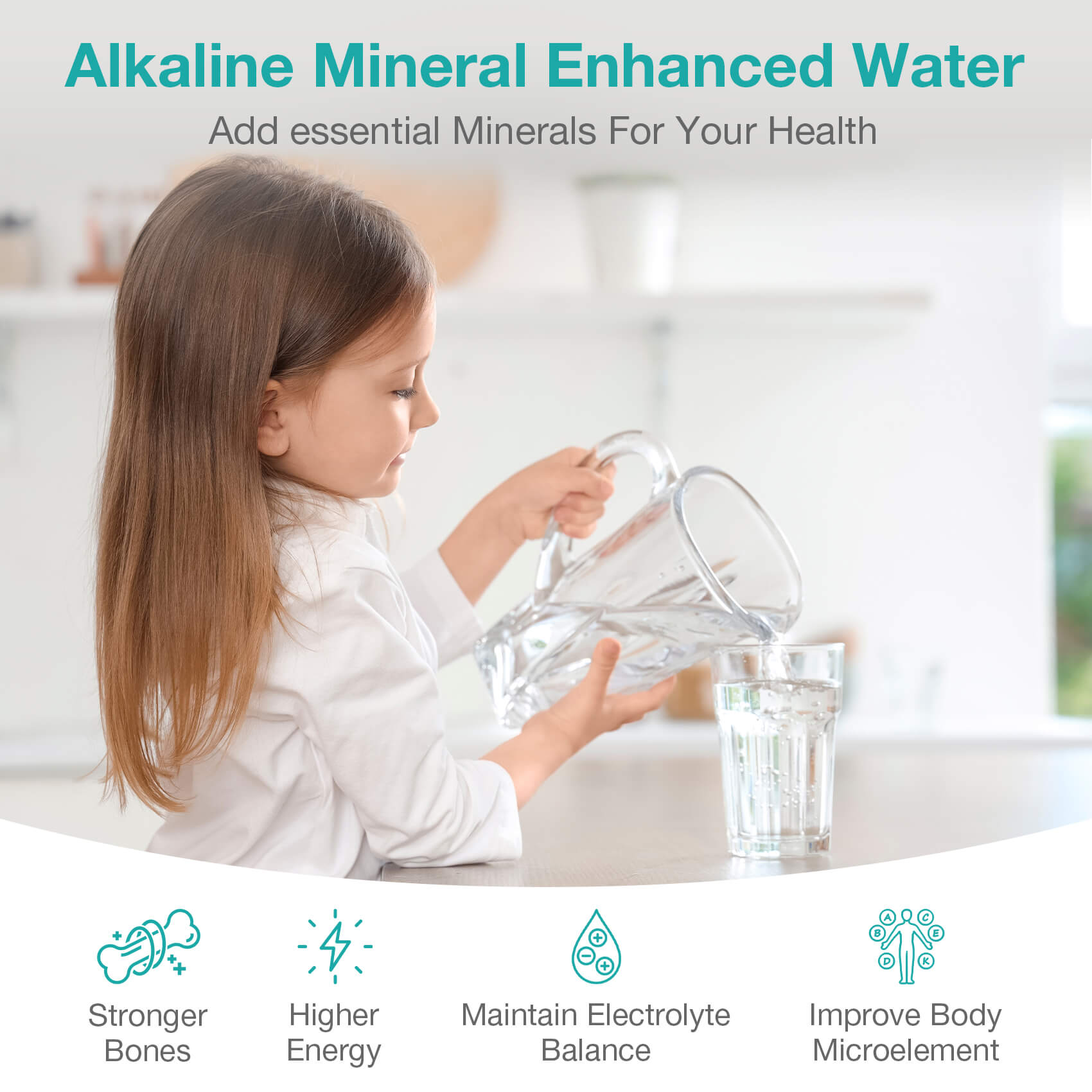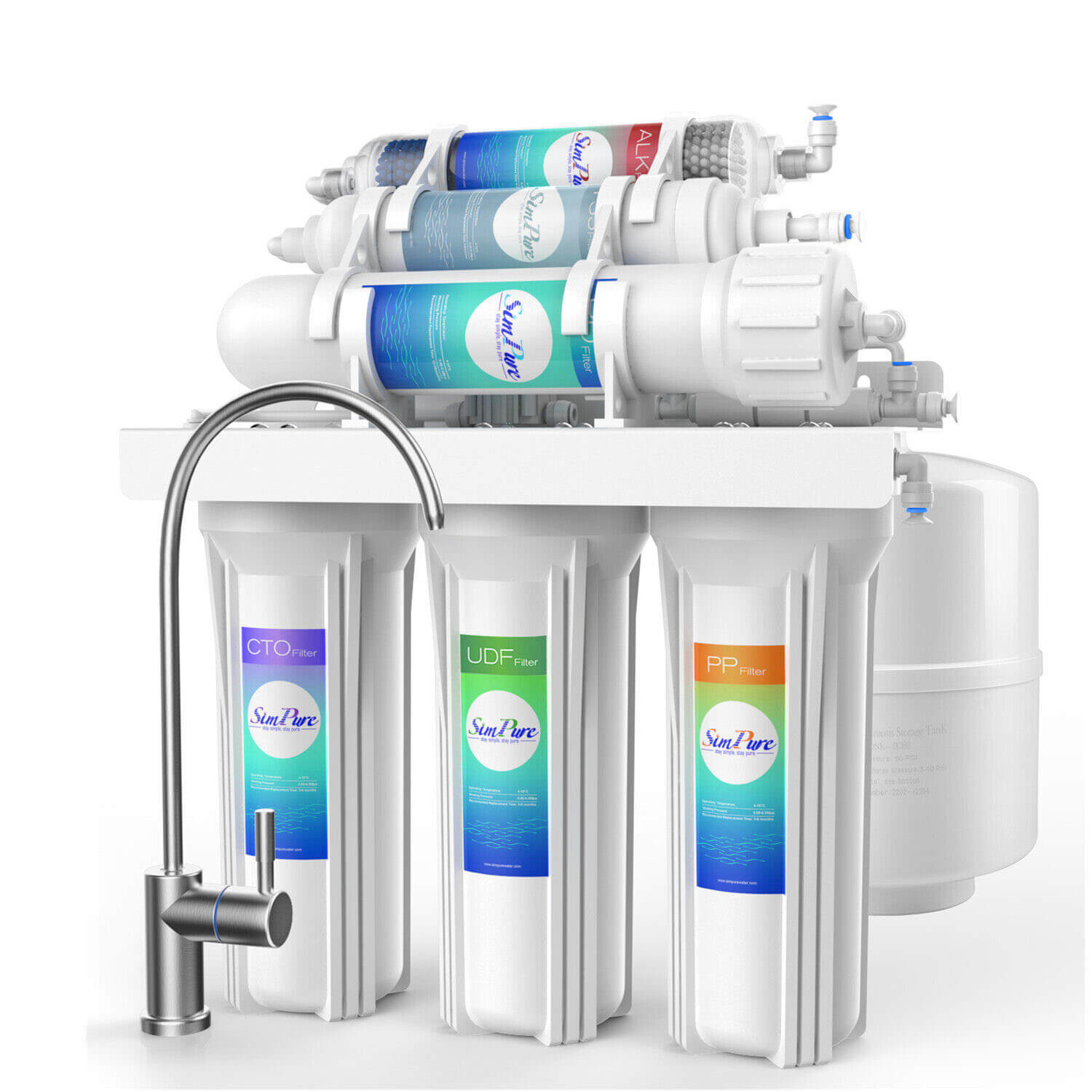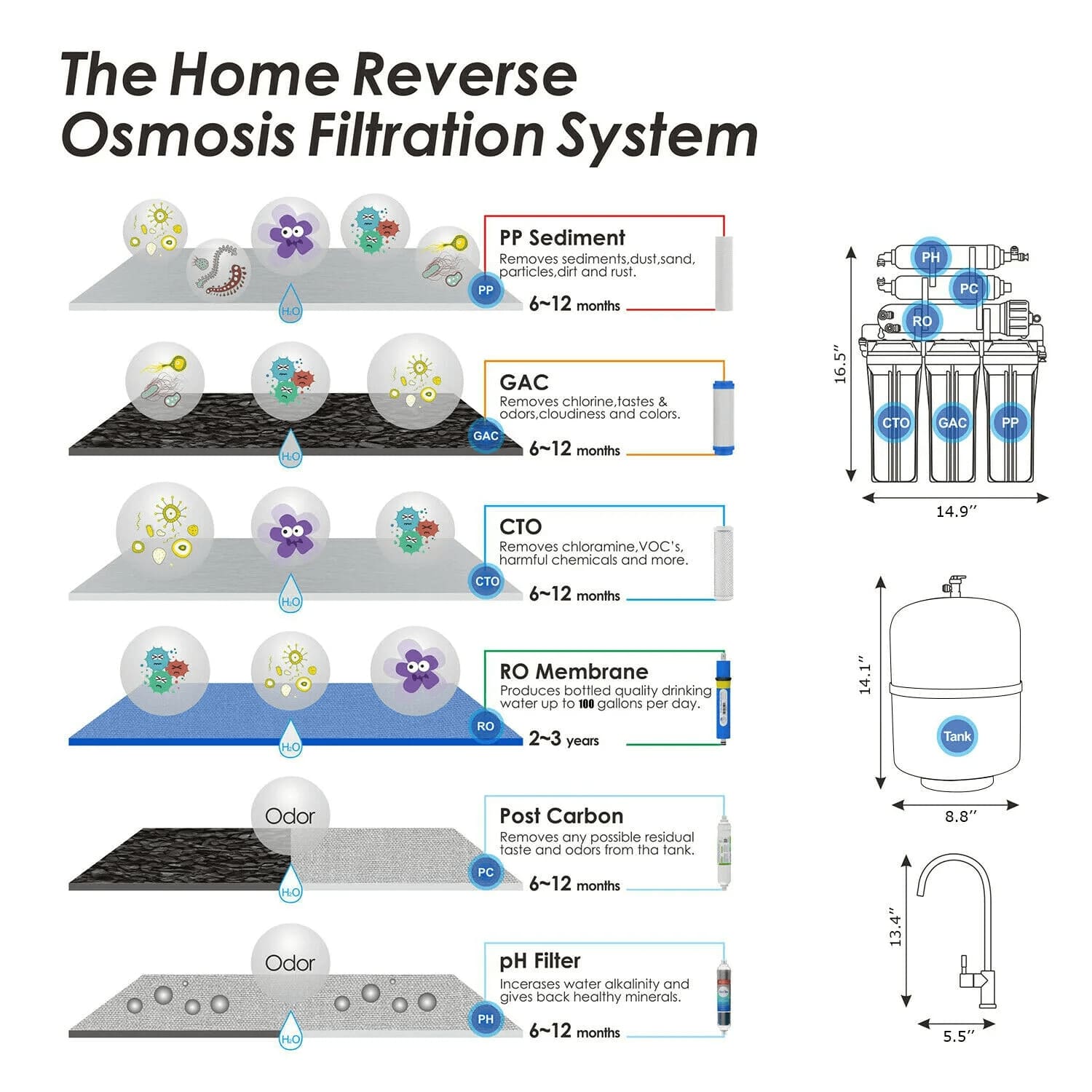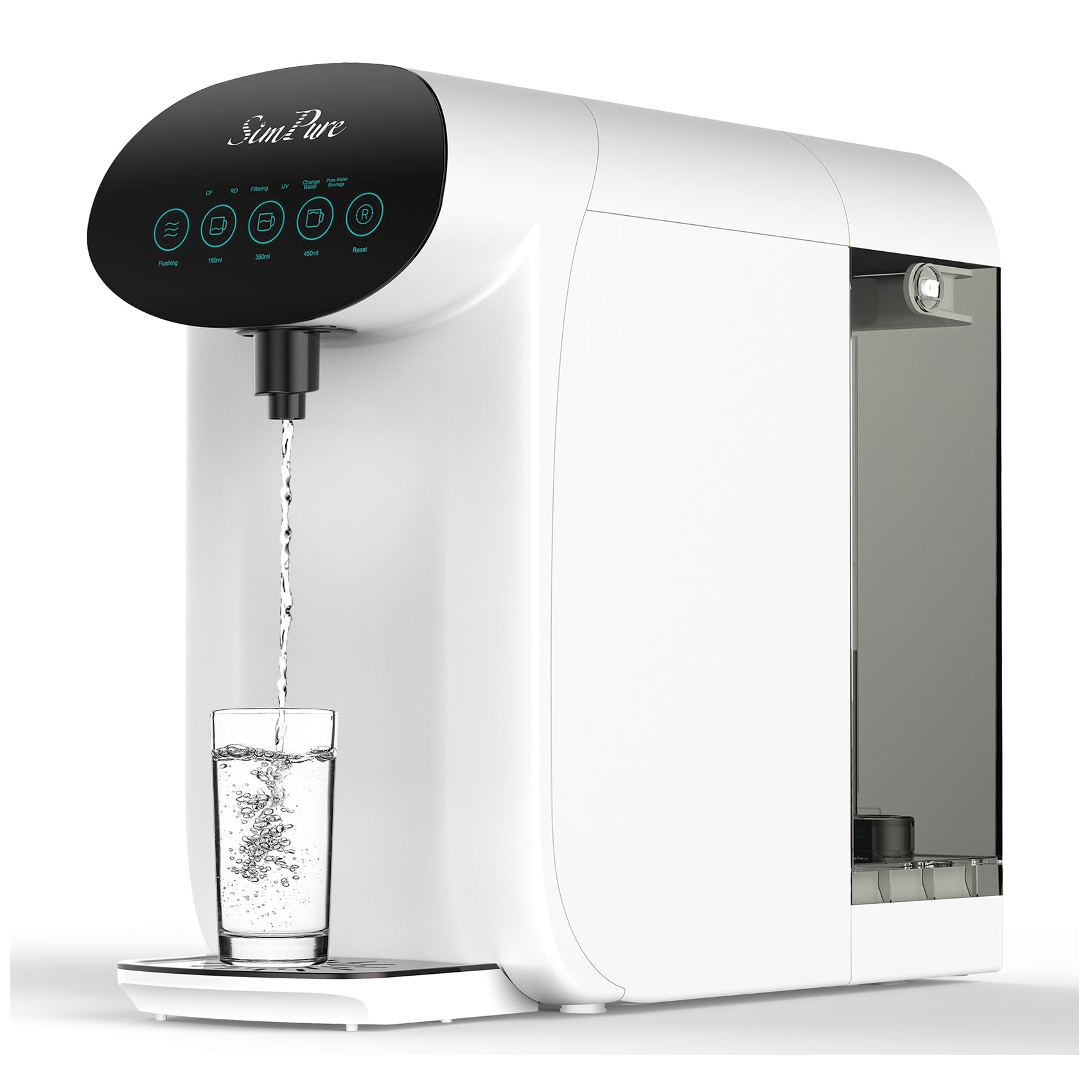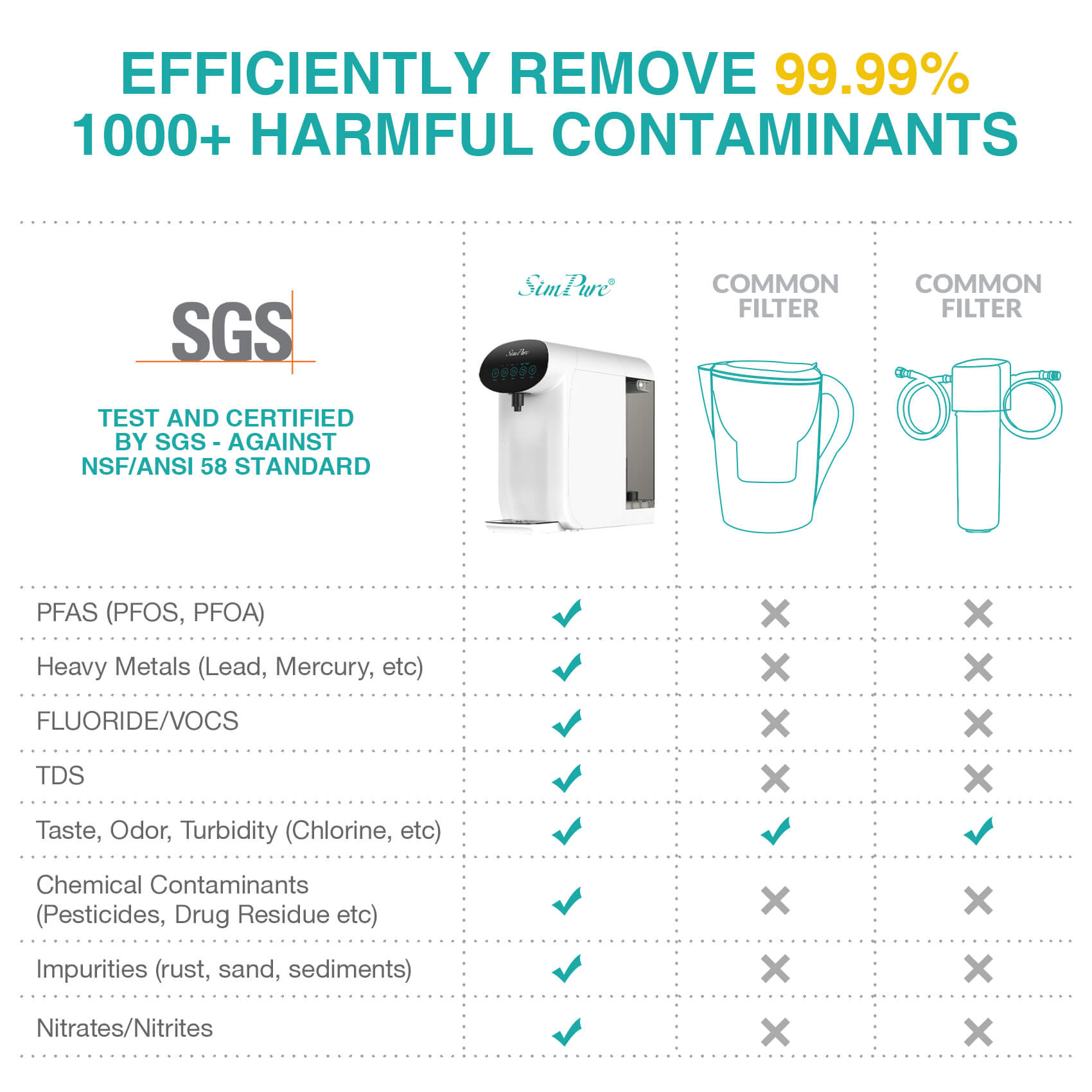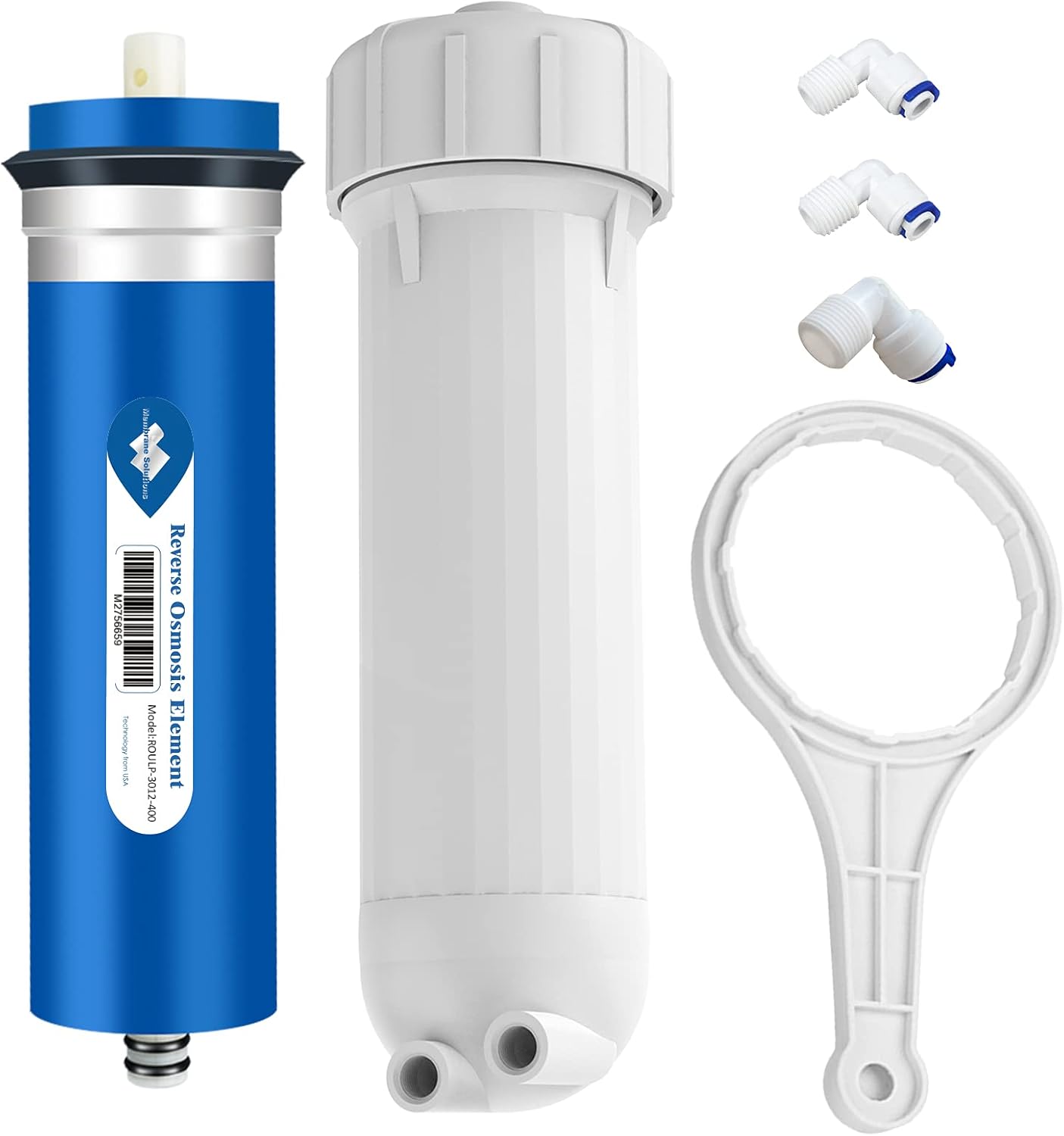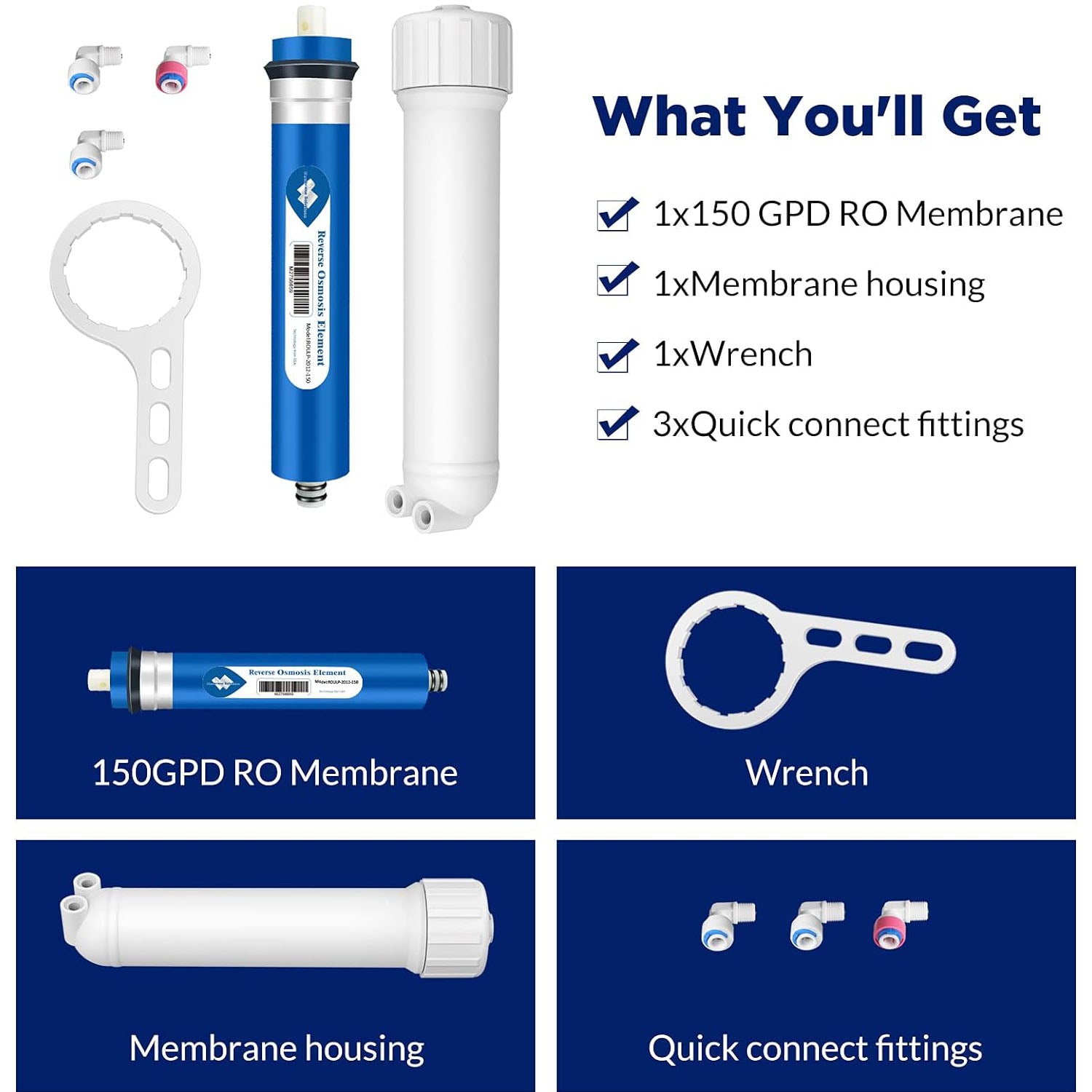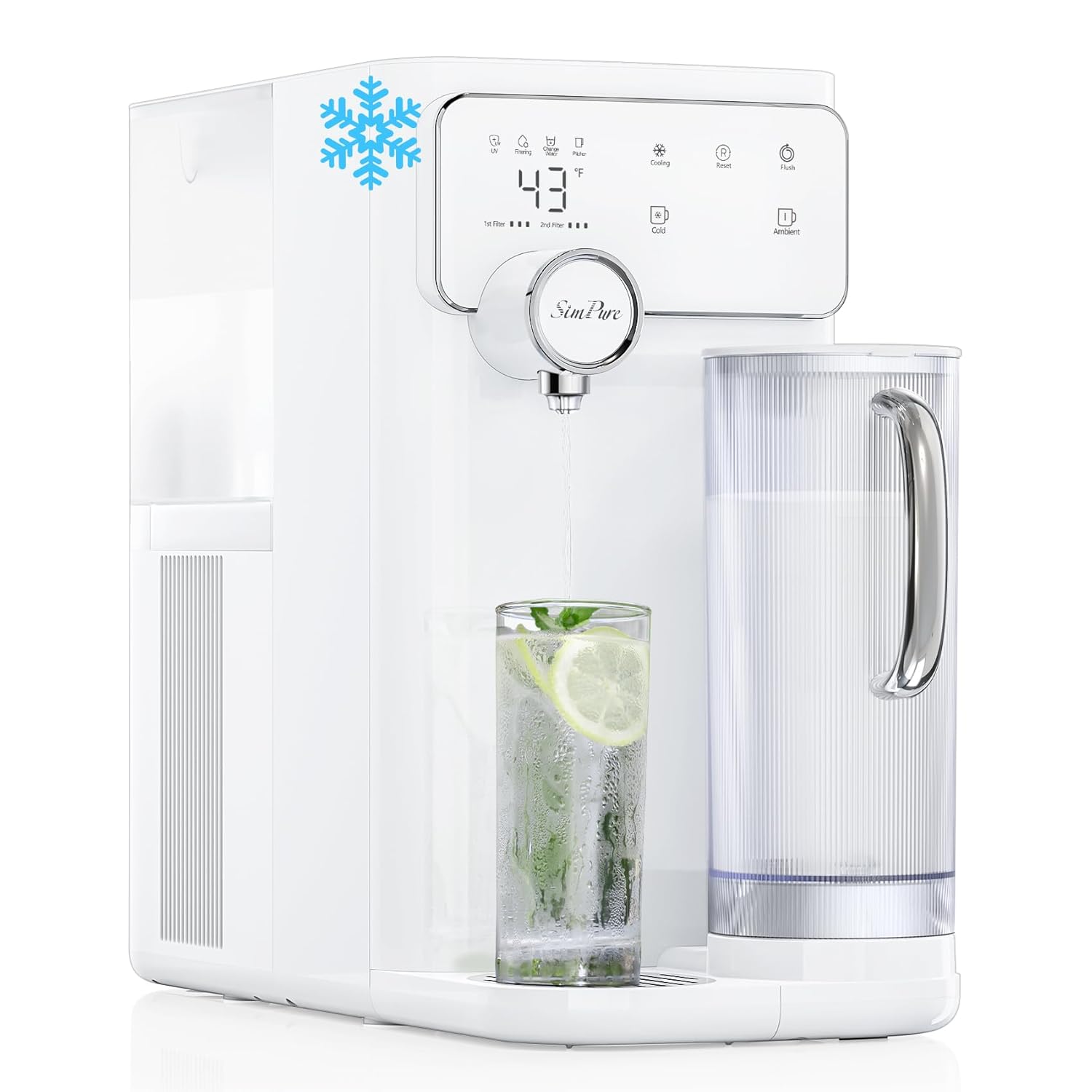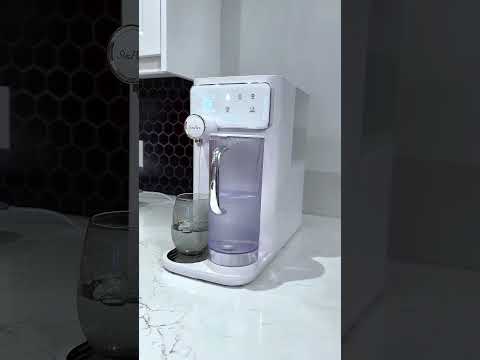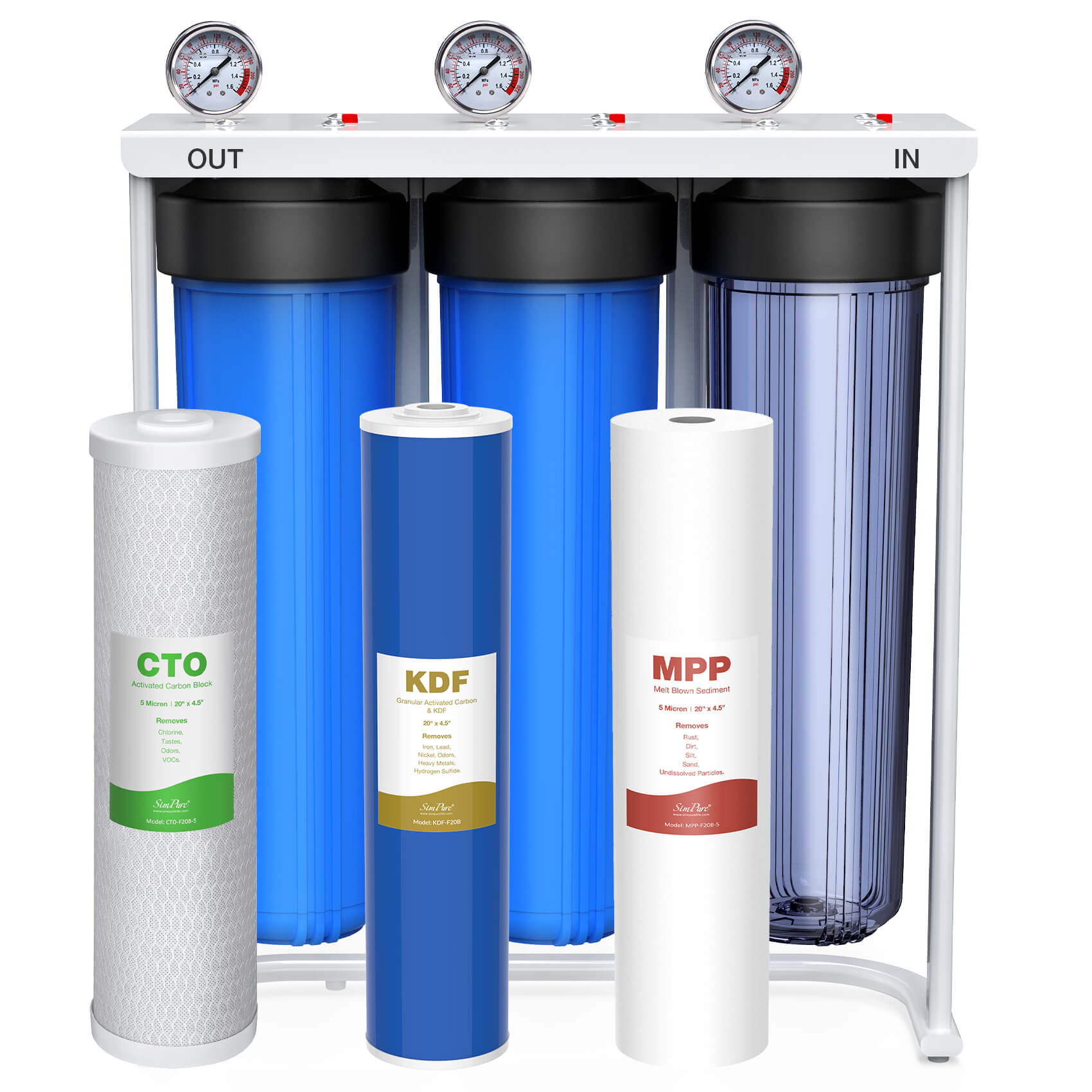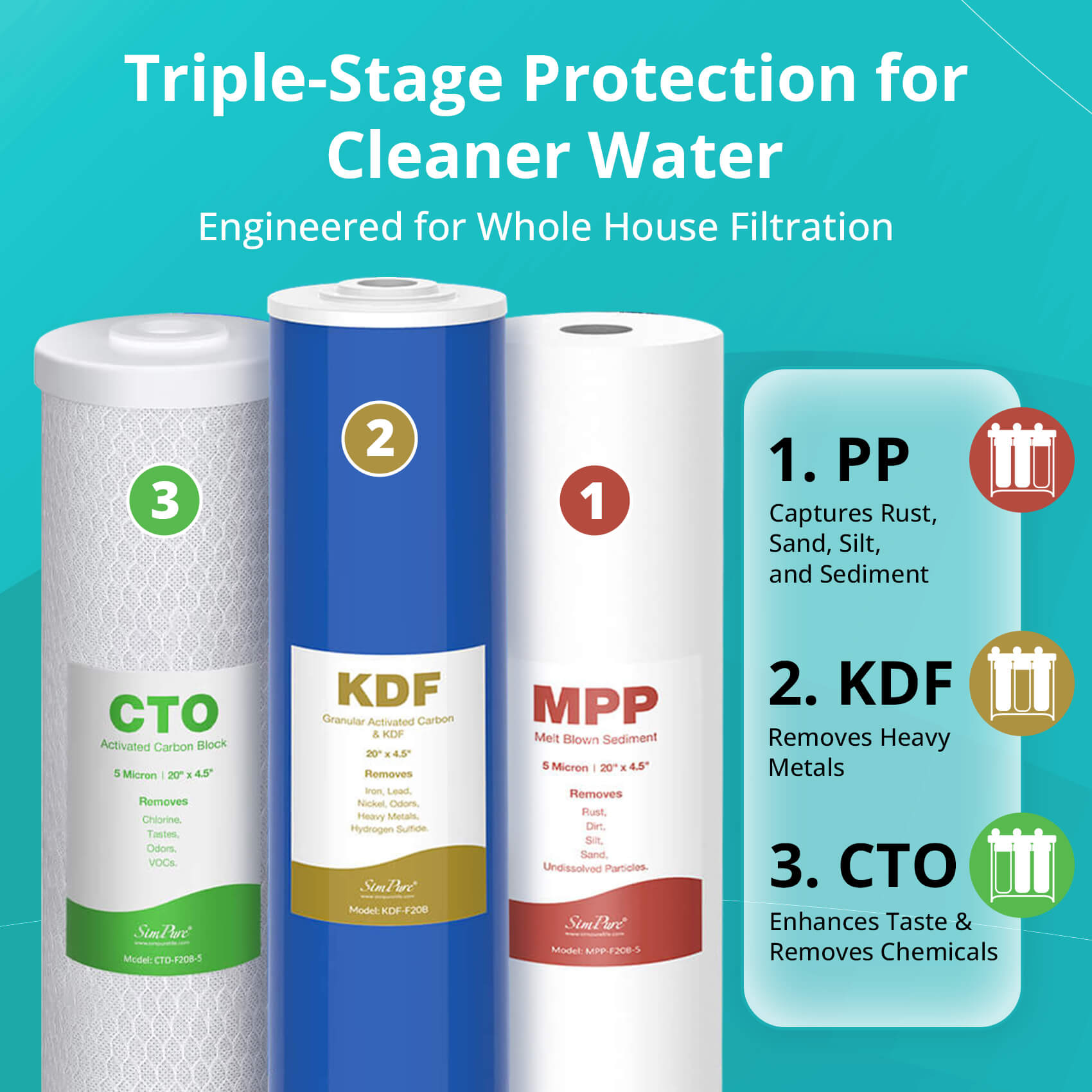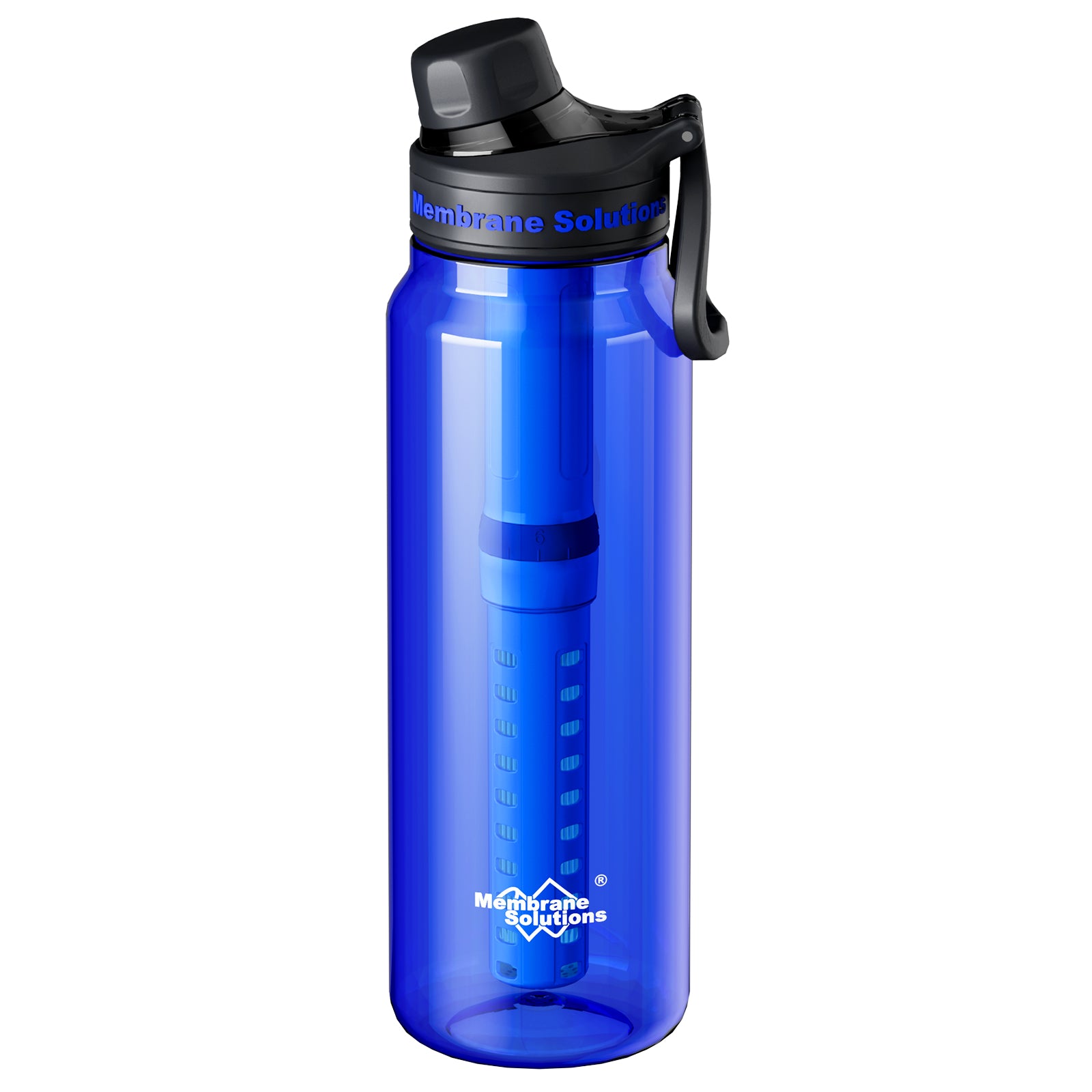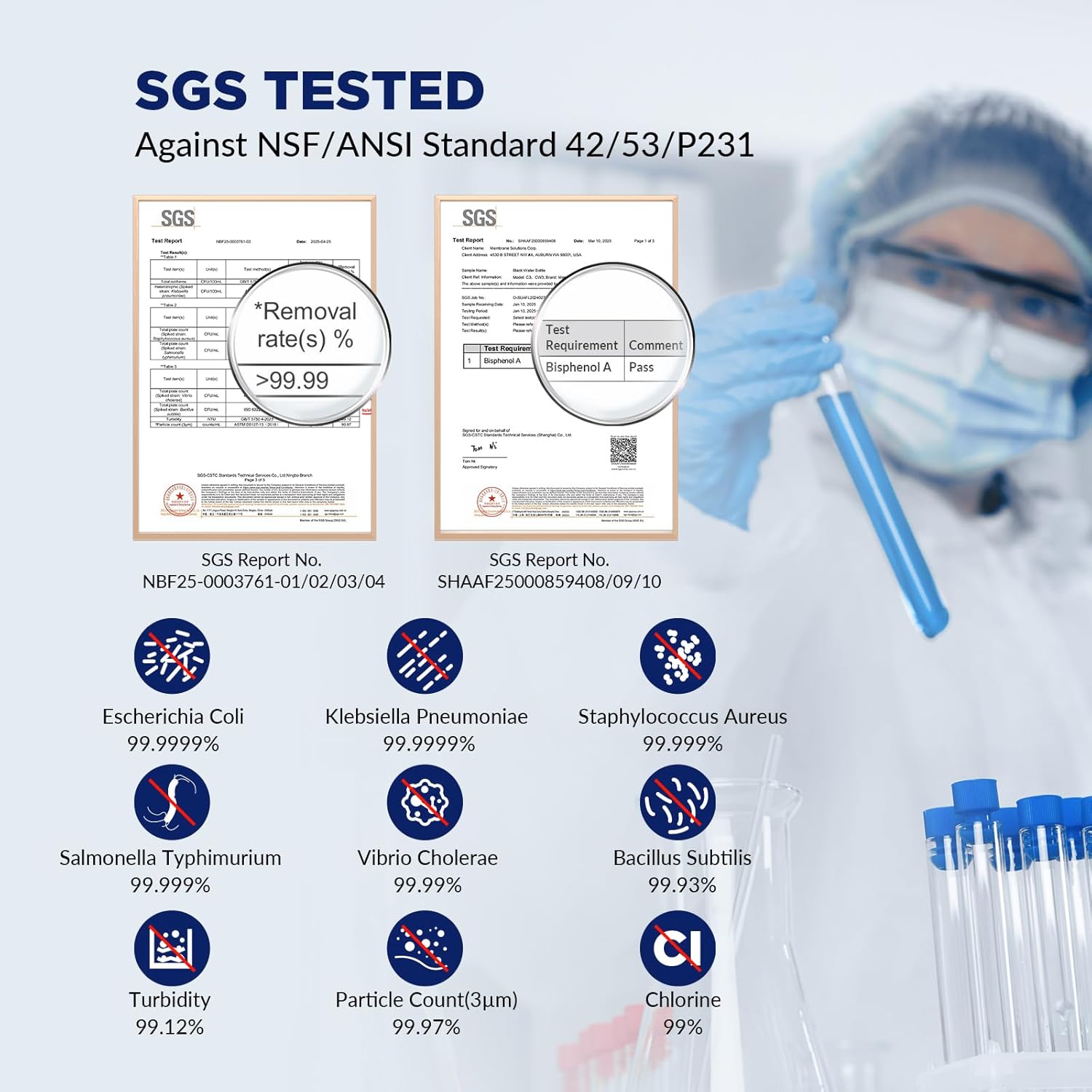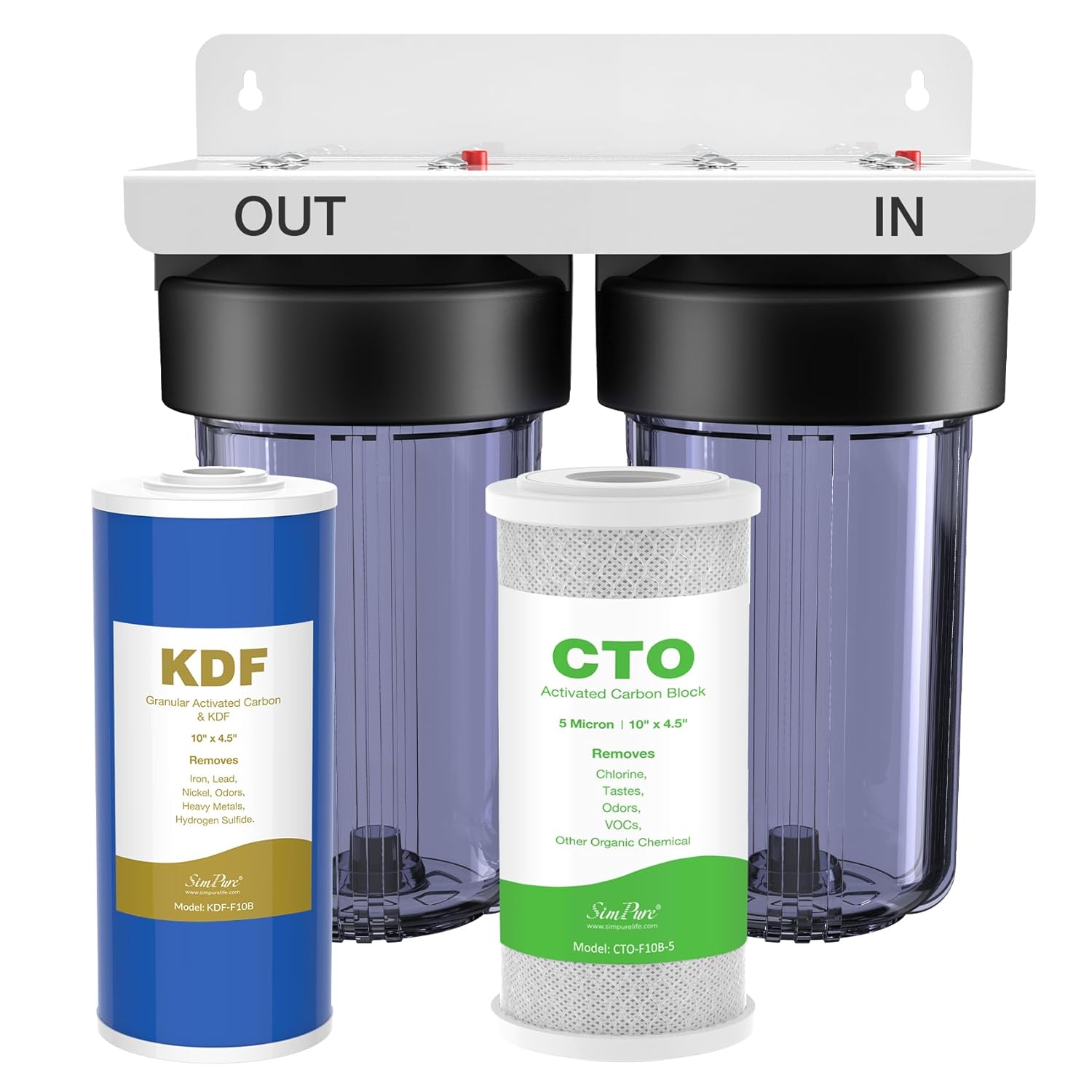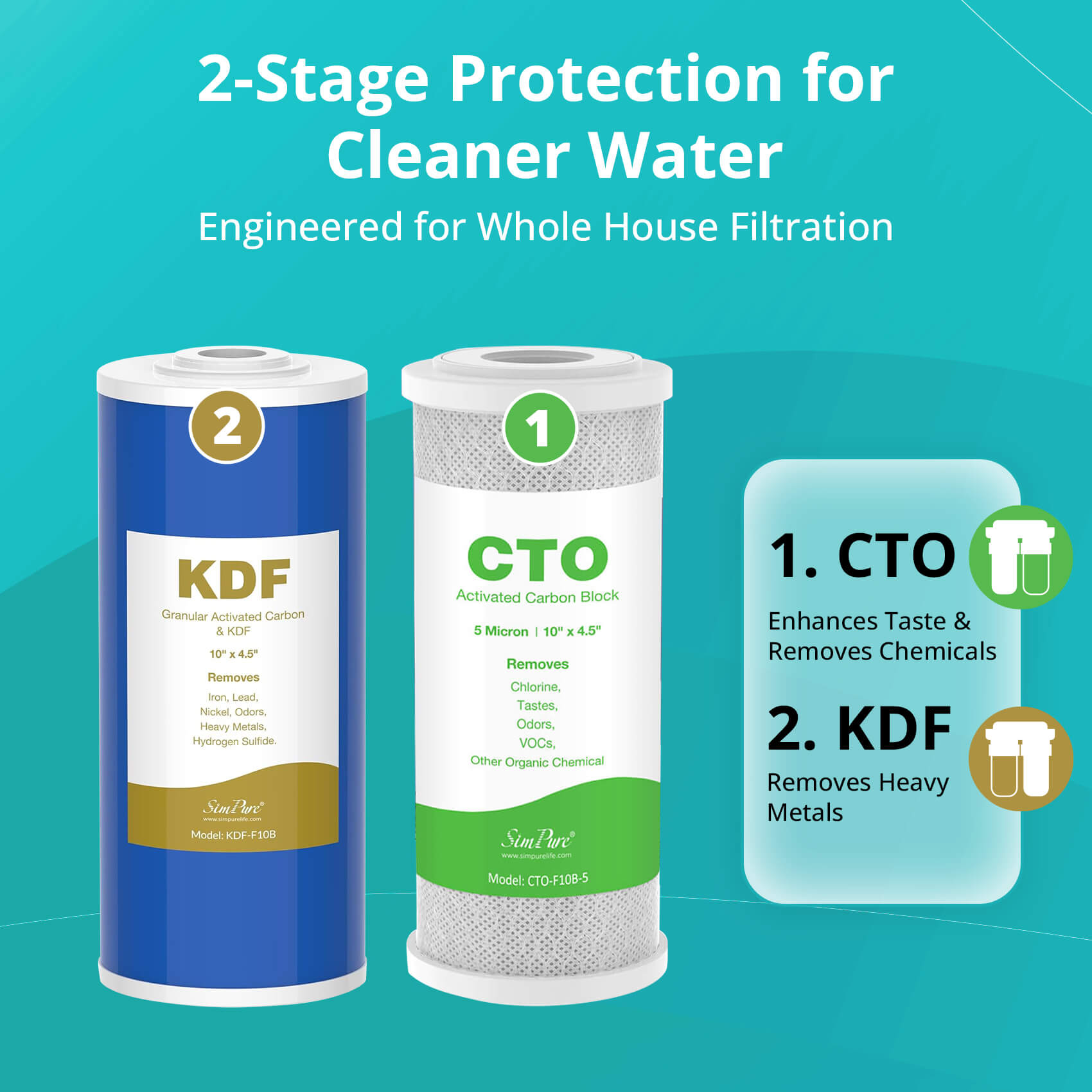SimPure RO system offers countertop and under-sink options for every home. Select 0 TDS ultra-pure water or alkaline water to suit your taste and needs. Transform your daily hydration experience. Browse SimPure reverse osmosis systems now to choose yours!
$110 OffTop
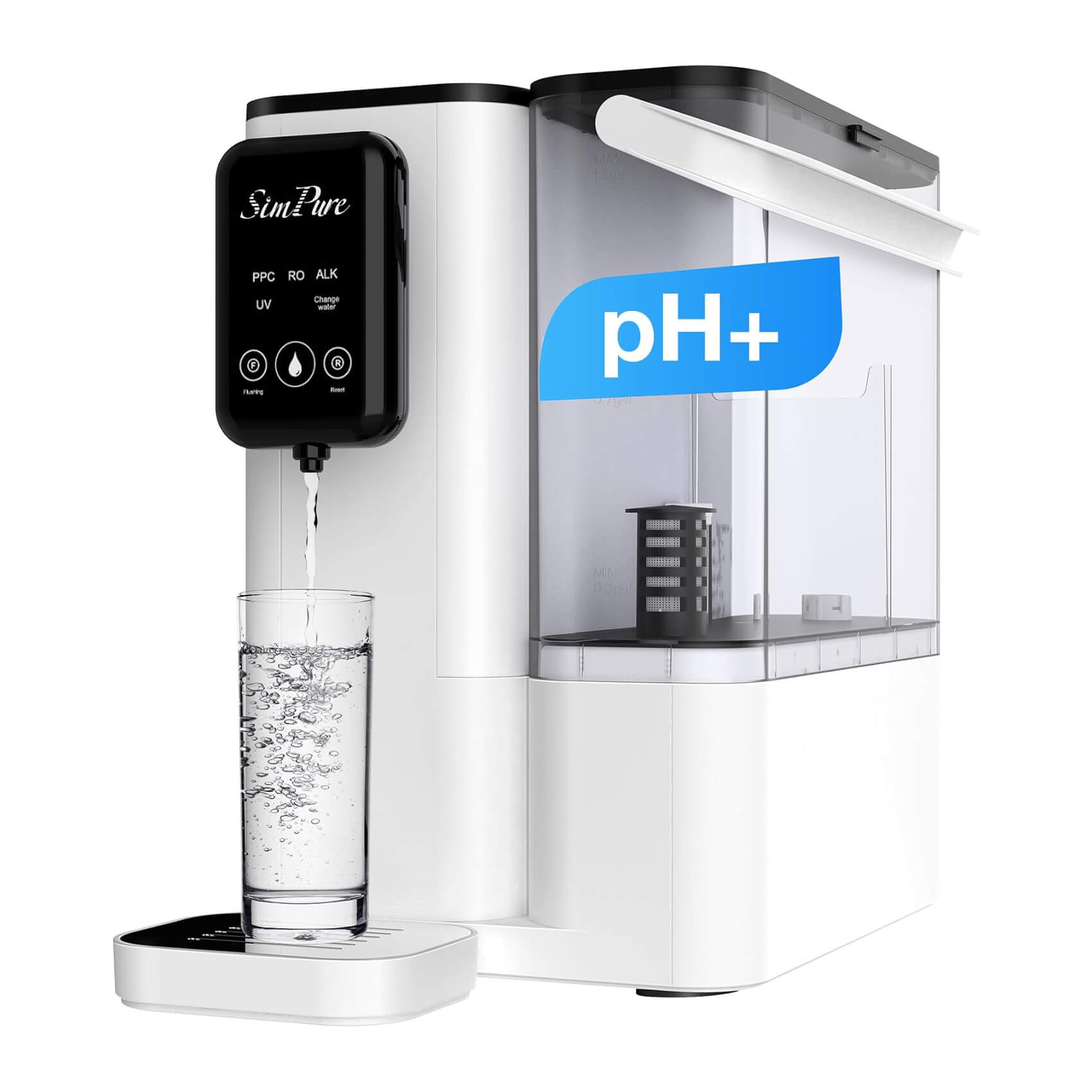
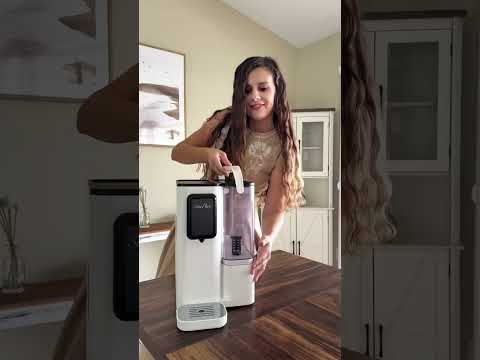
SimPure Y9A 300GPD 6-Stage Alkaline Countertop RO System with Remineralization
Sale price$439.99 USD
$90 OffTop
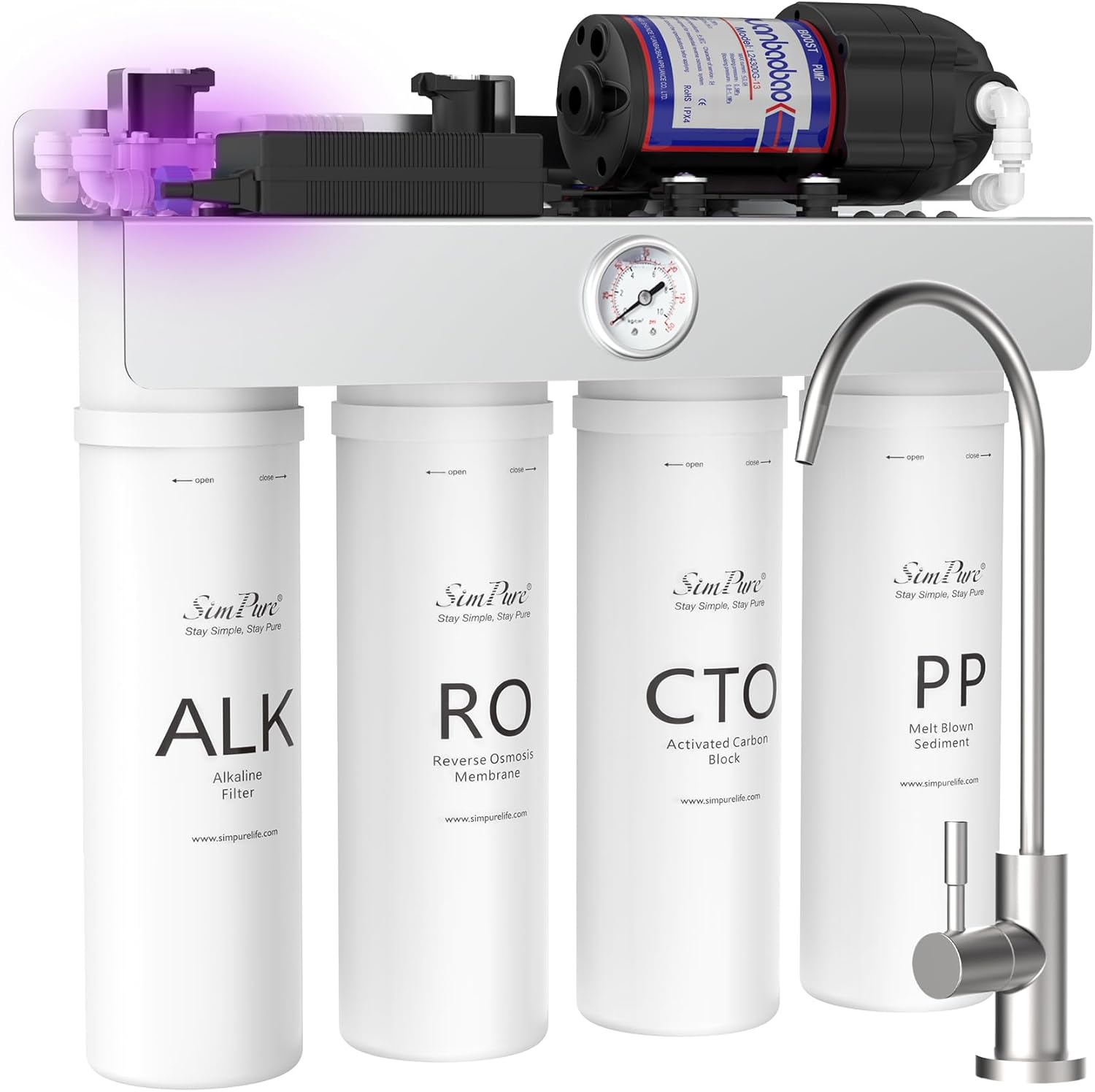
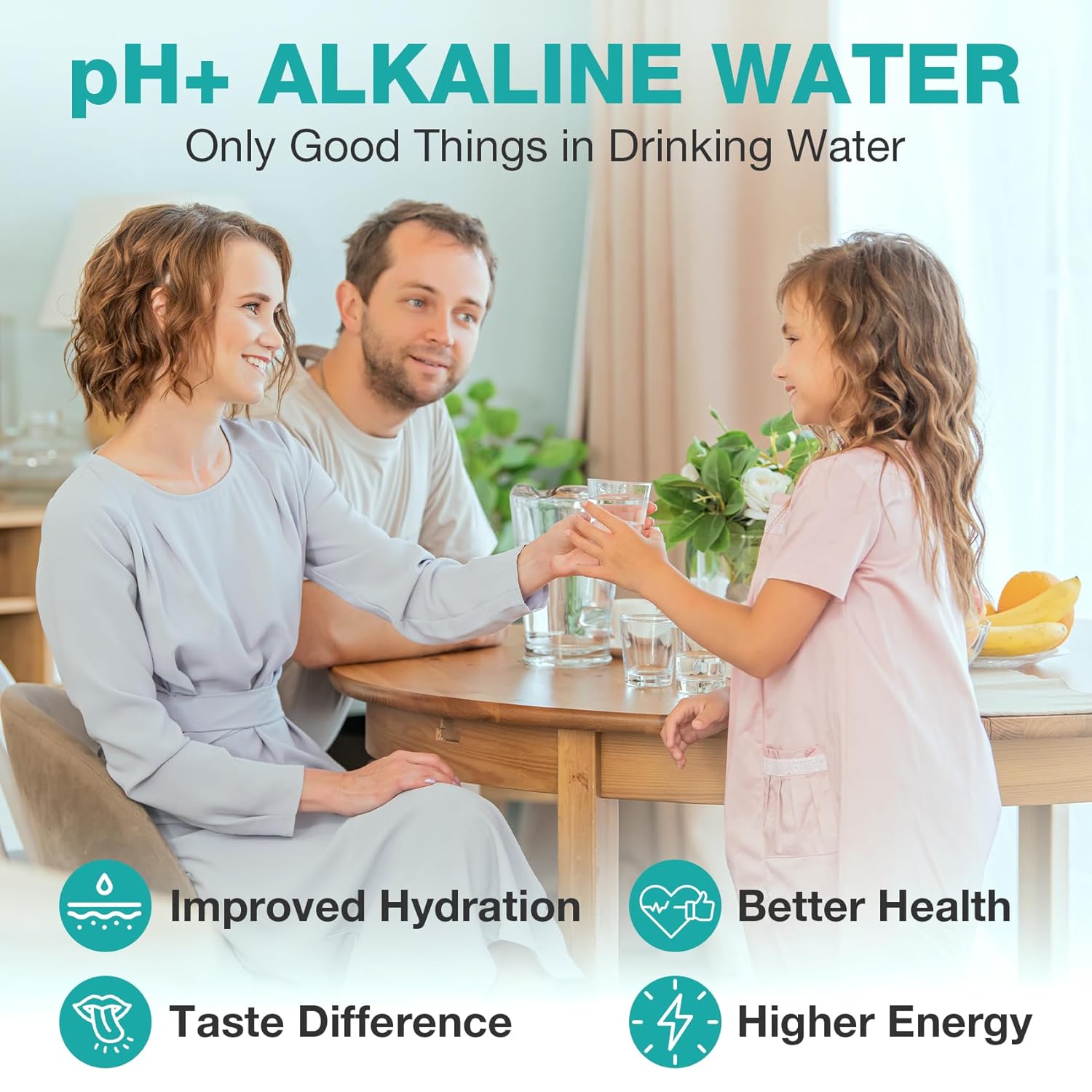
SimPure T1-400ALK 8 Stage 400GPD Under Sink Tankless RO System with Remineralization
Sale price$349.99 USD
$130 OffTop
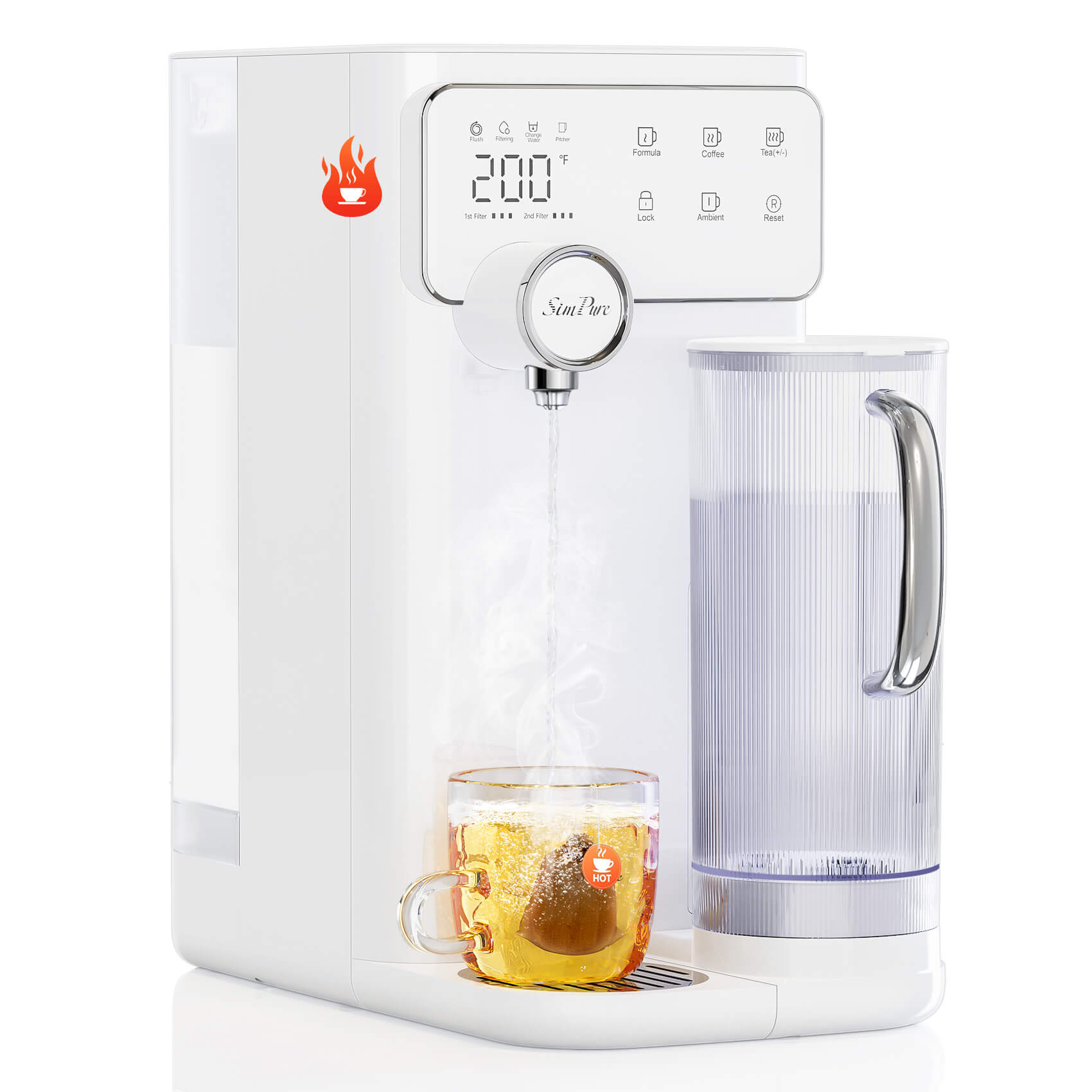
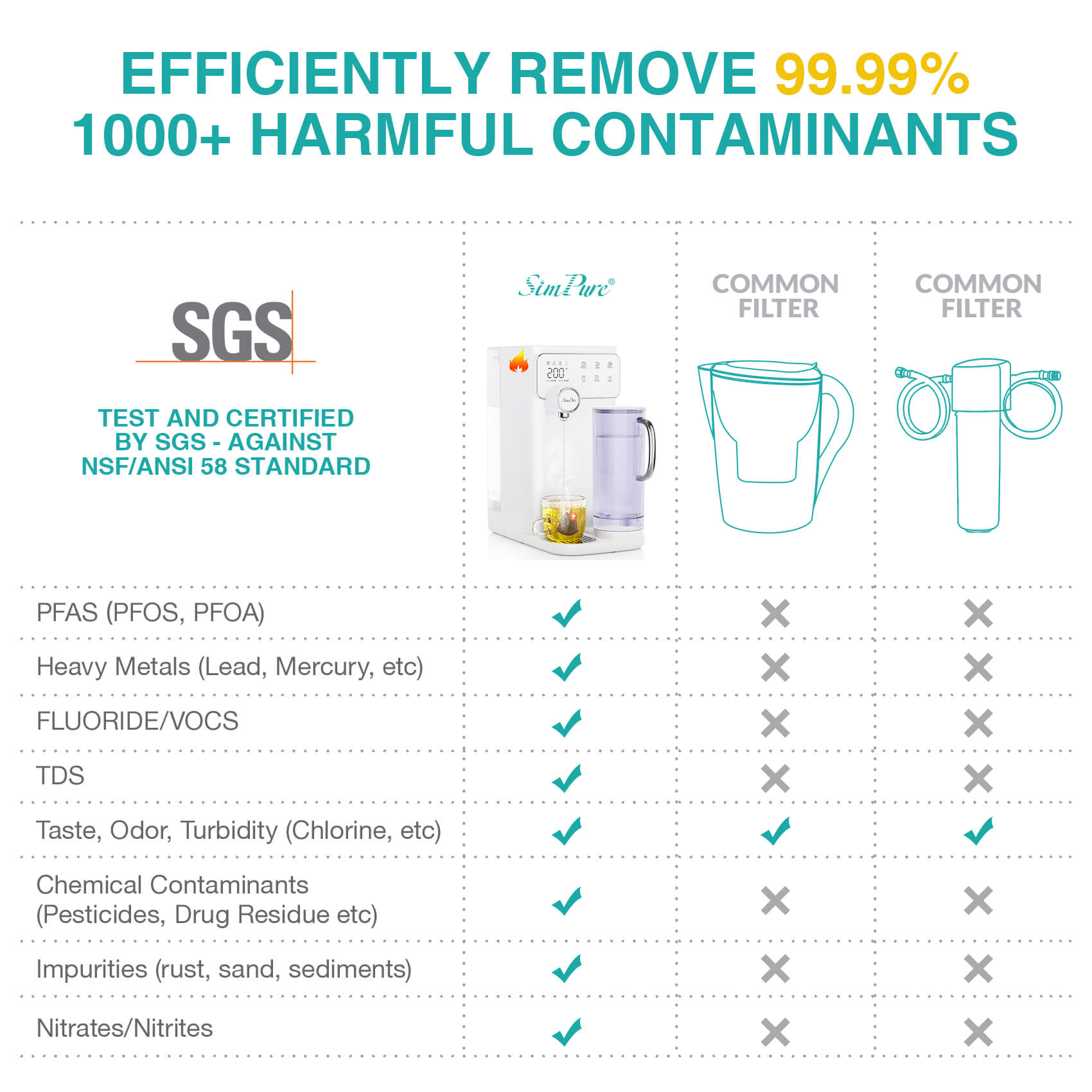
SimPure Y10H 6-Stage Countertop RO System Instant Hot Water Filter Dispenser
Sale price$399.99 USD
$110 OffNew
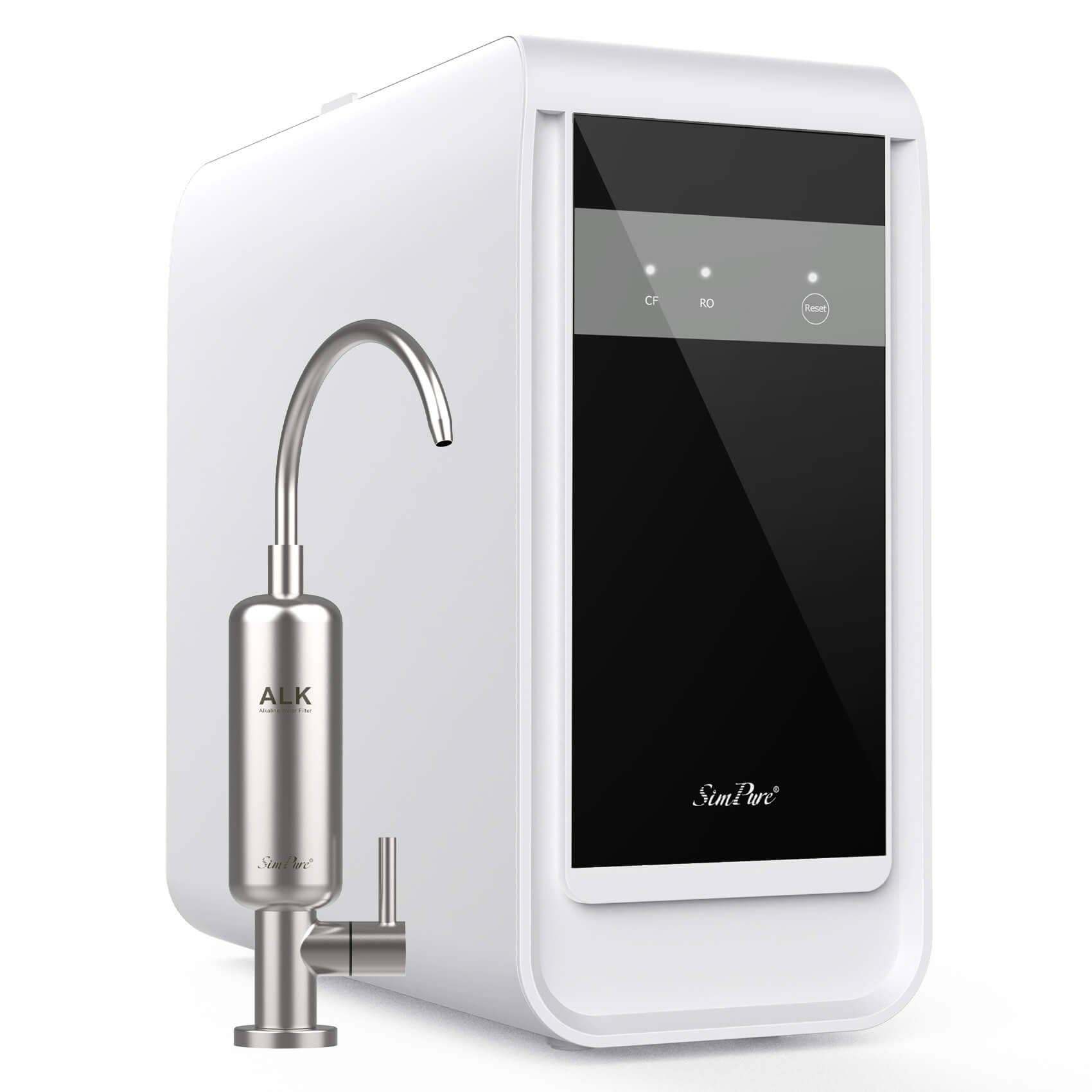
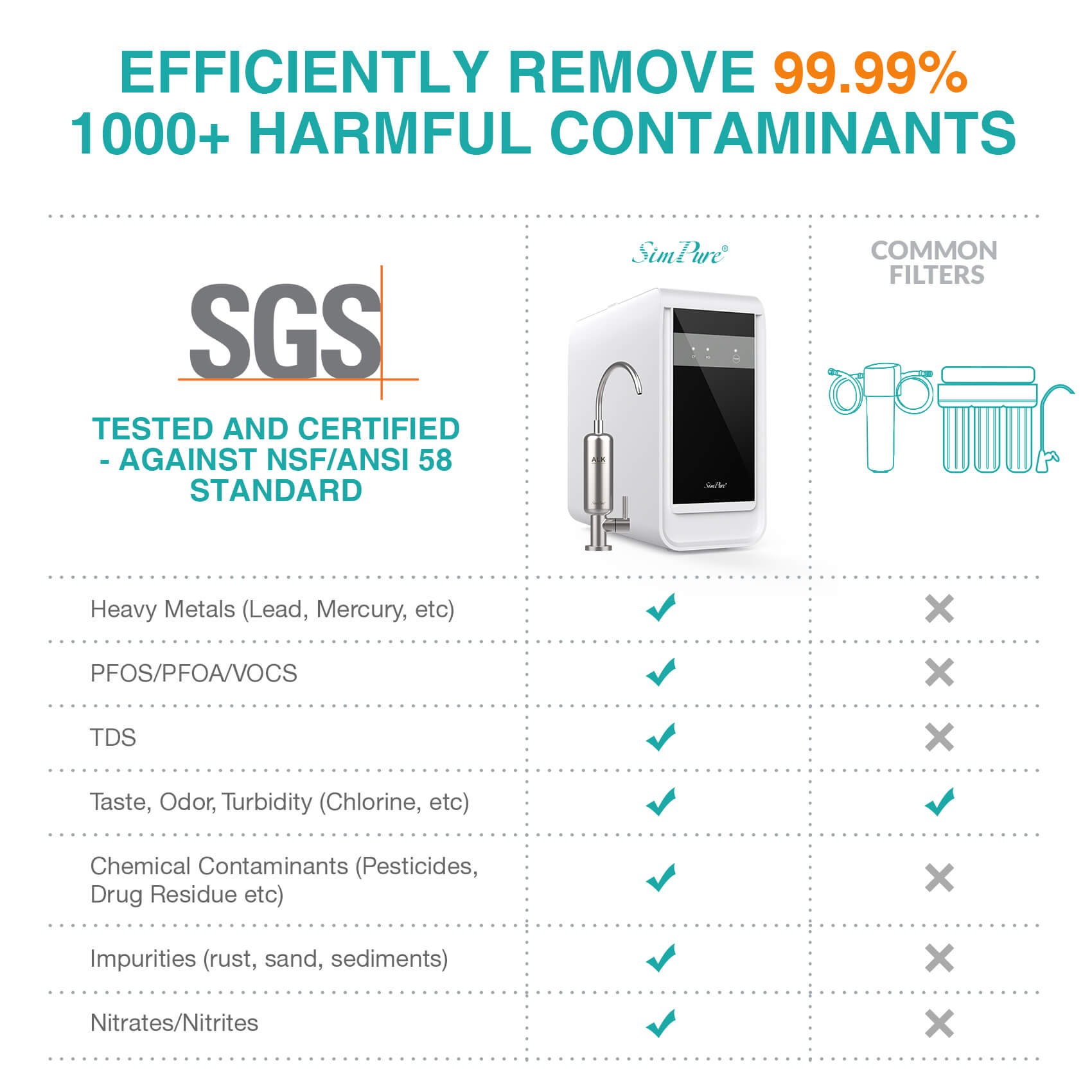
SimPure Q3-600A 600GPD 8-Stage Tankless RO System with Alkaline Filter Remineralization
Sale price$349.99 USD
$90 OffTop
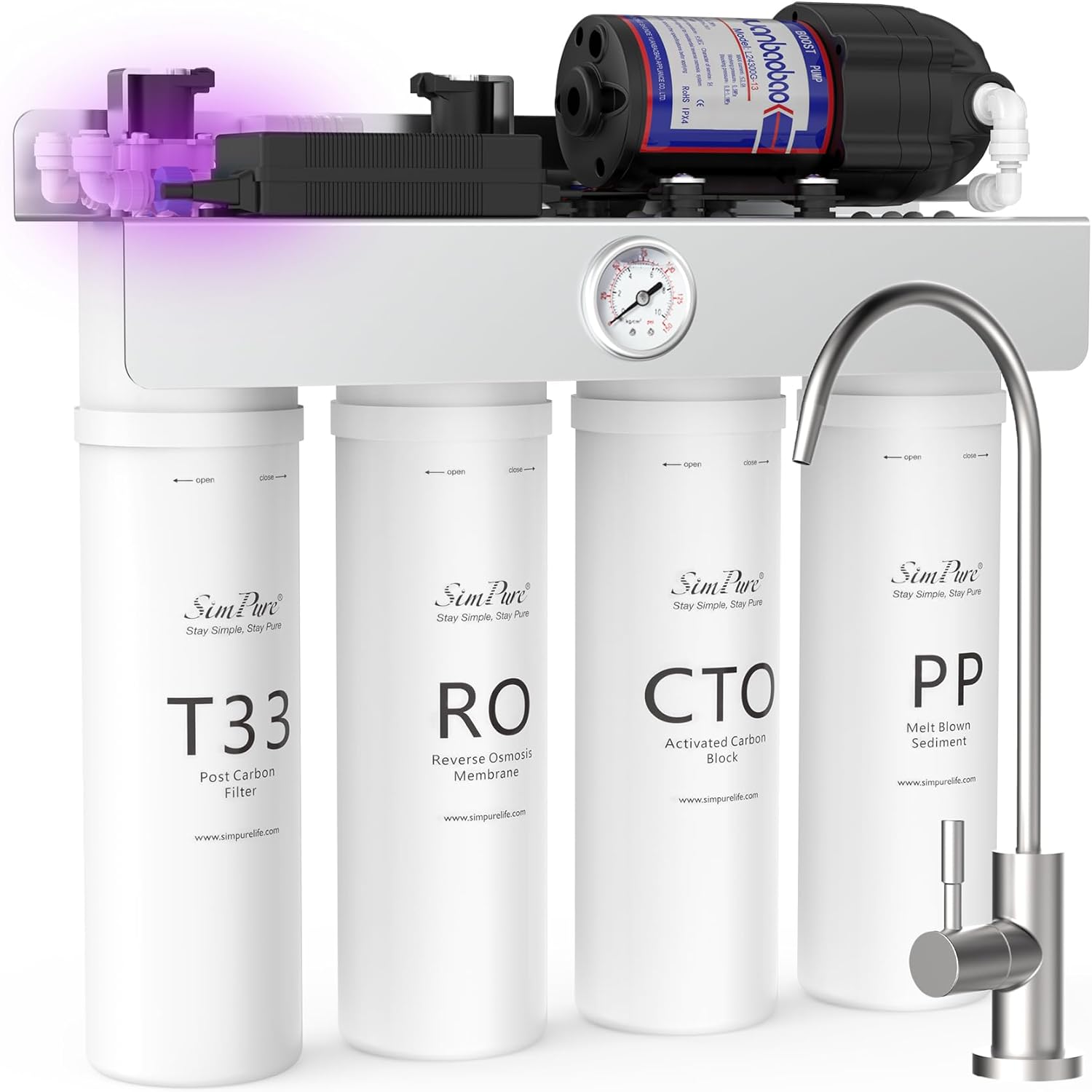
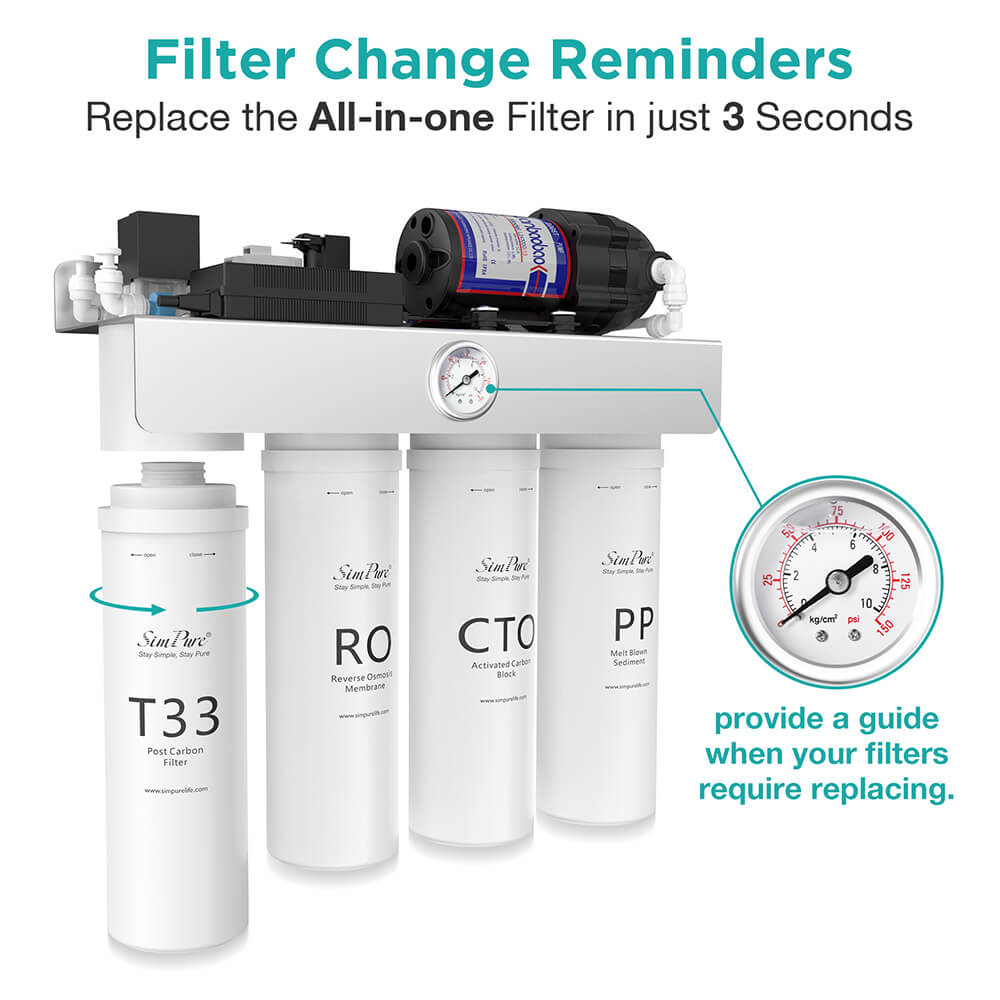
SimPure T1-400 8 Stage 400GPD Under Sink Tankless RO System Nearly 0 TDS
Sale price$349.99 USD
$150 OffTop
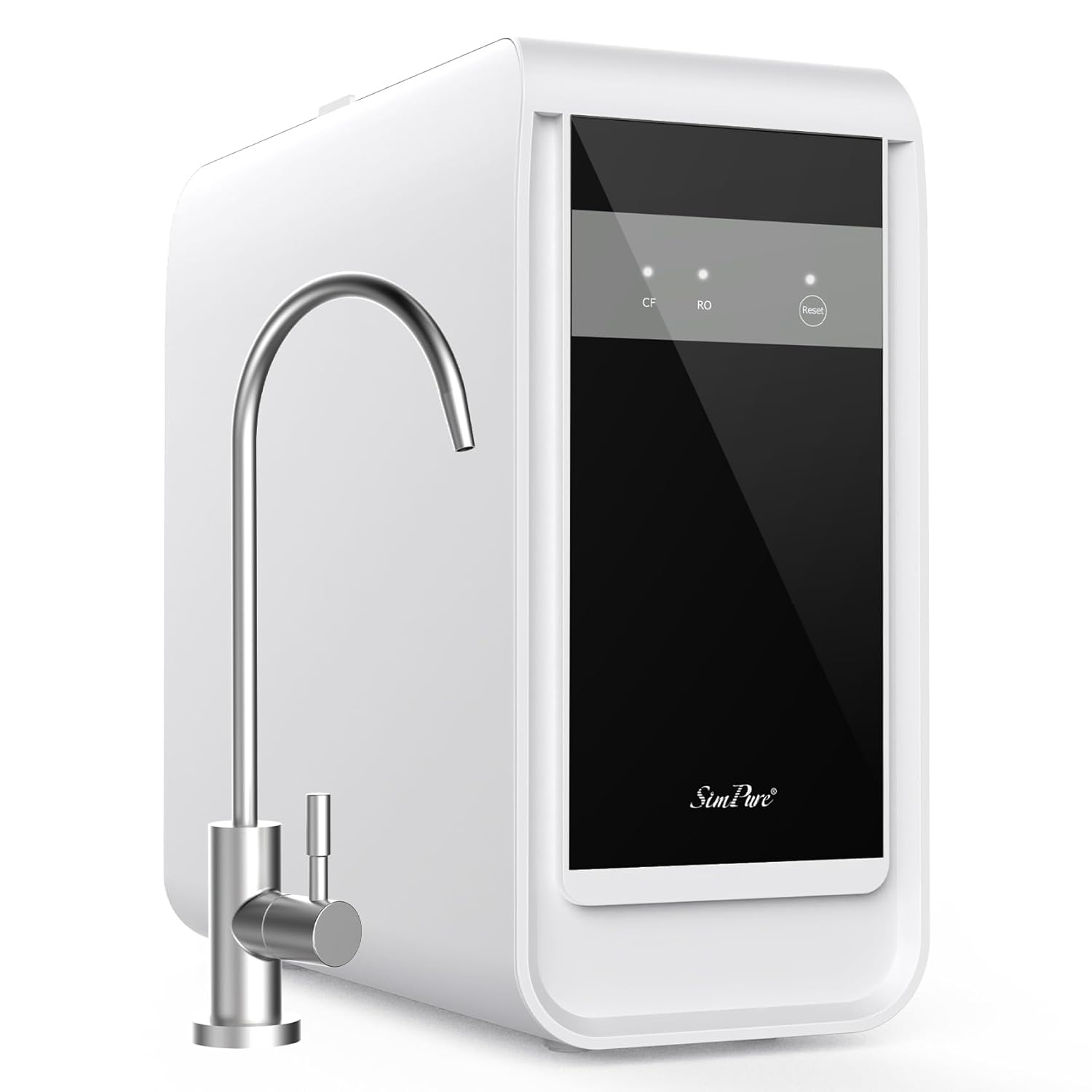
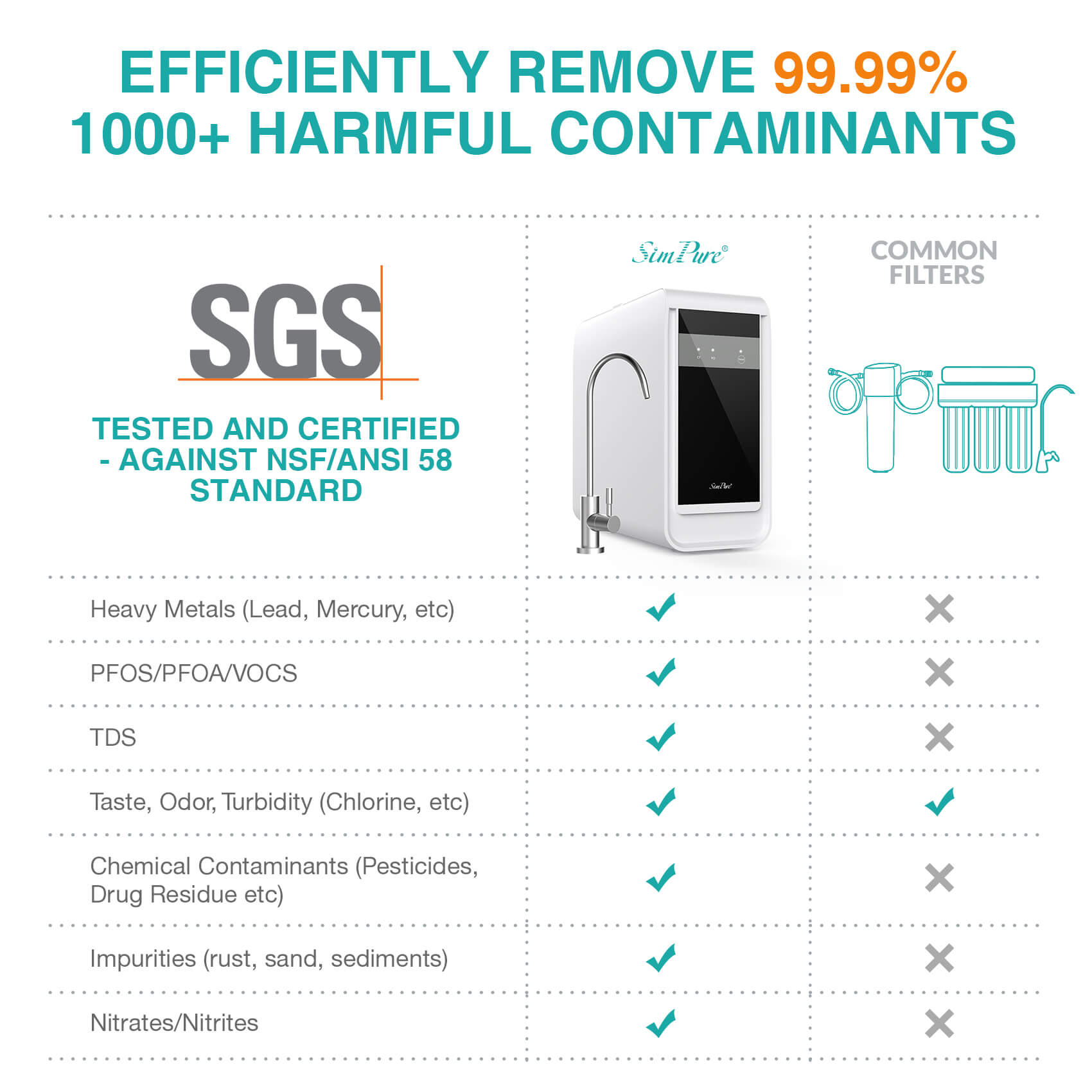
SimPure Q3-600 7-Stage 600GPD Under Sink Tankless RO Water Filtration System
Sale price$319.99 USD
$140 OffNew
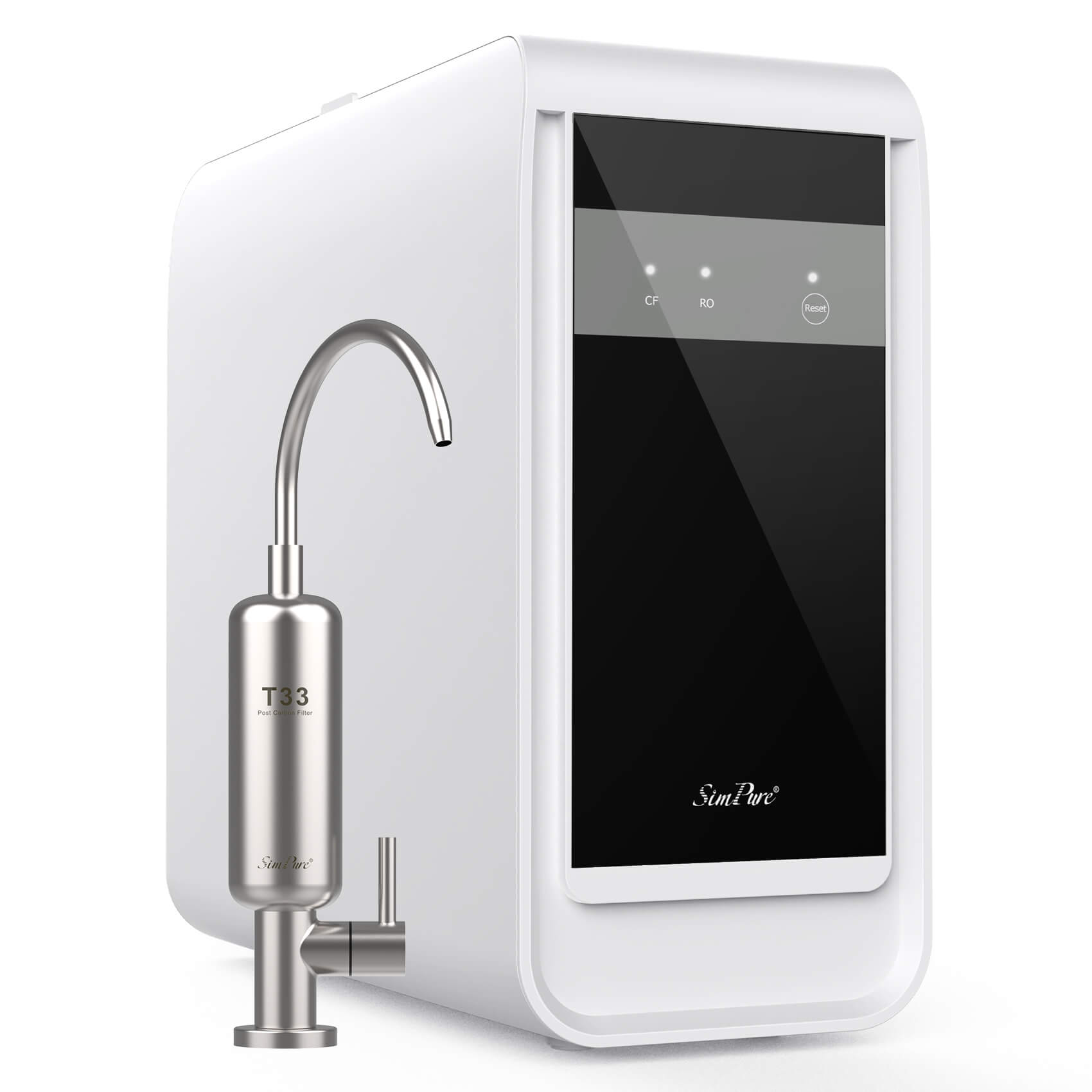
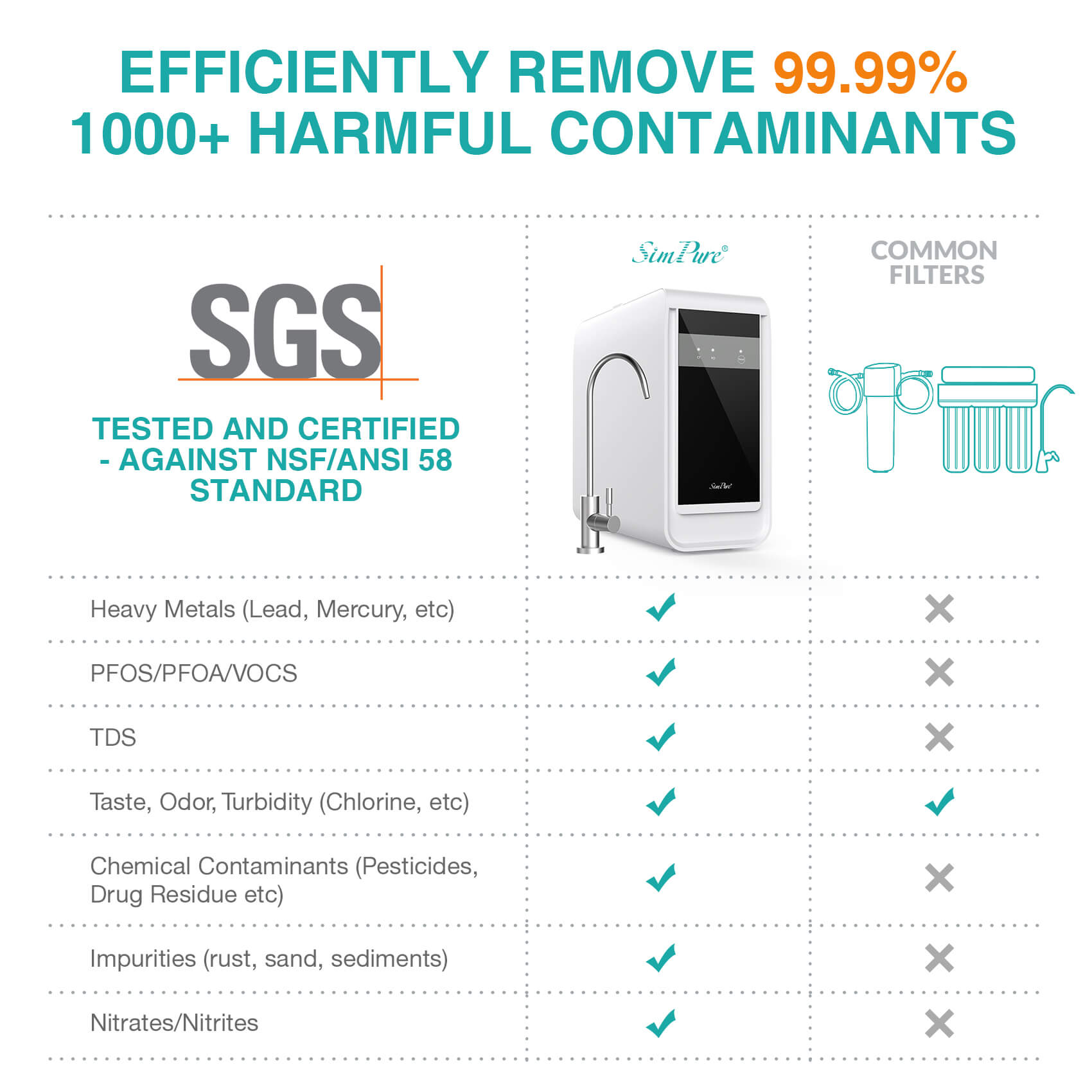
SimPure Q3-600T 600GPD 8-Stage Tankless RO System with Nearly 0 TDS
Sale price$346.99 USD
$50 OffTop
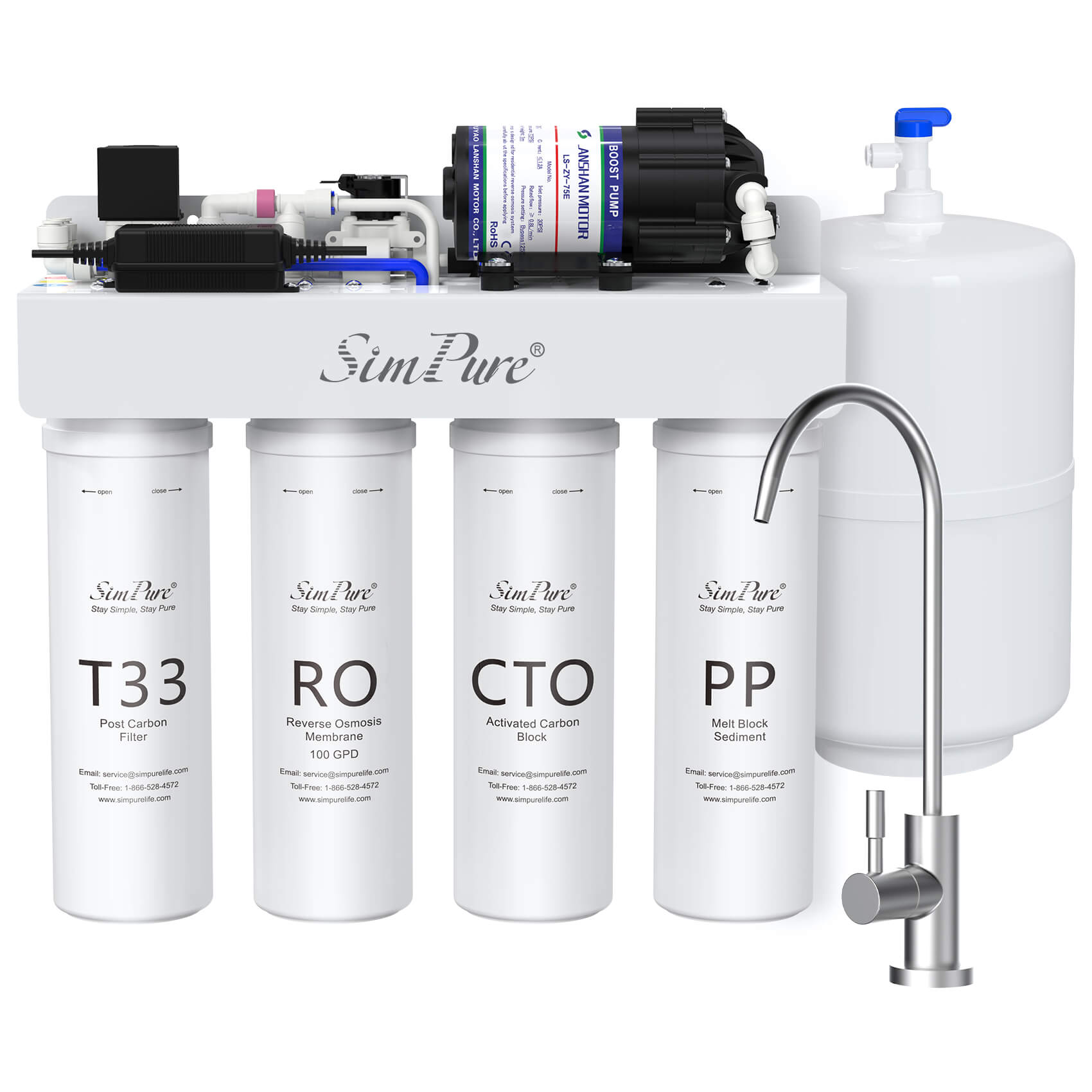
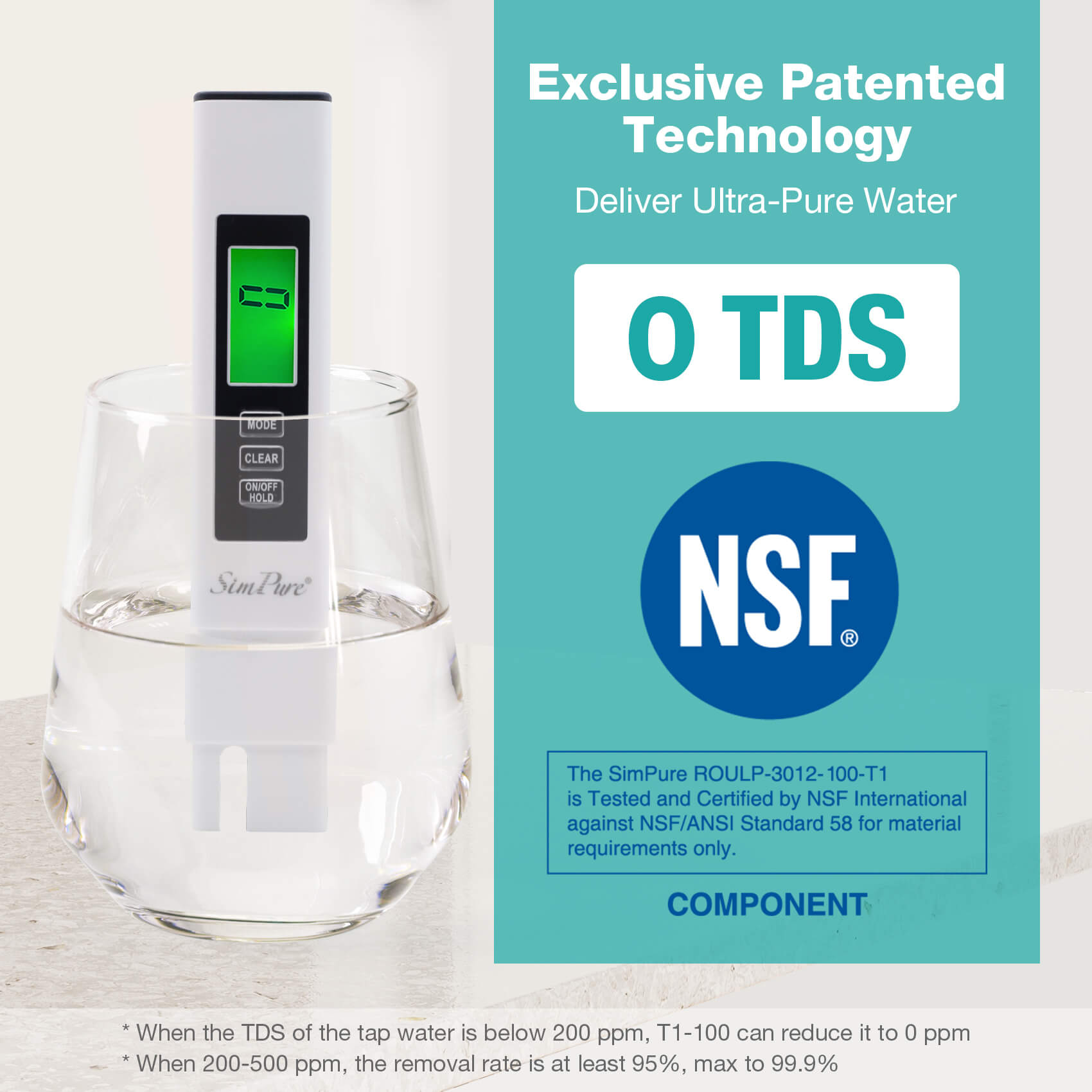
SimPure T1-100 7-Stage Under Sink RO System with Booster Pump & Pressure Tank
Sale price$239.00 USD
10% OffTop
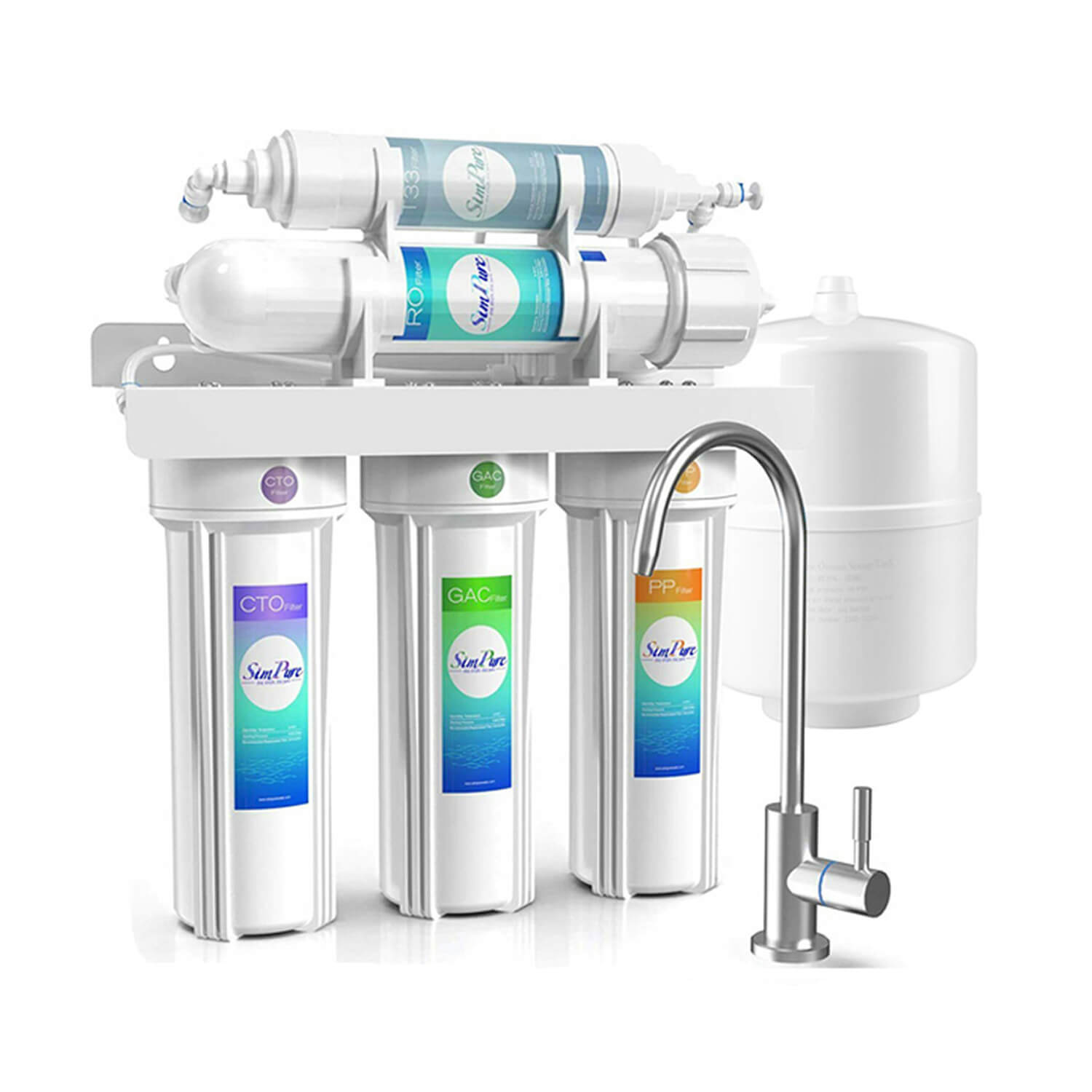
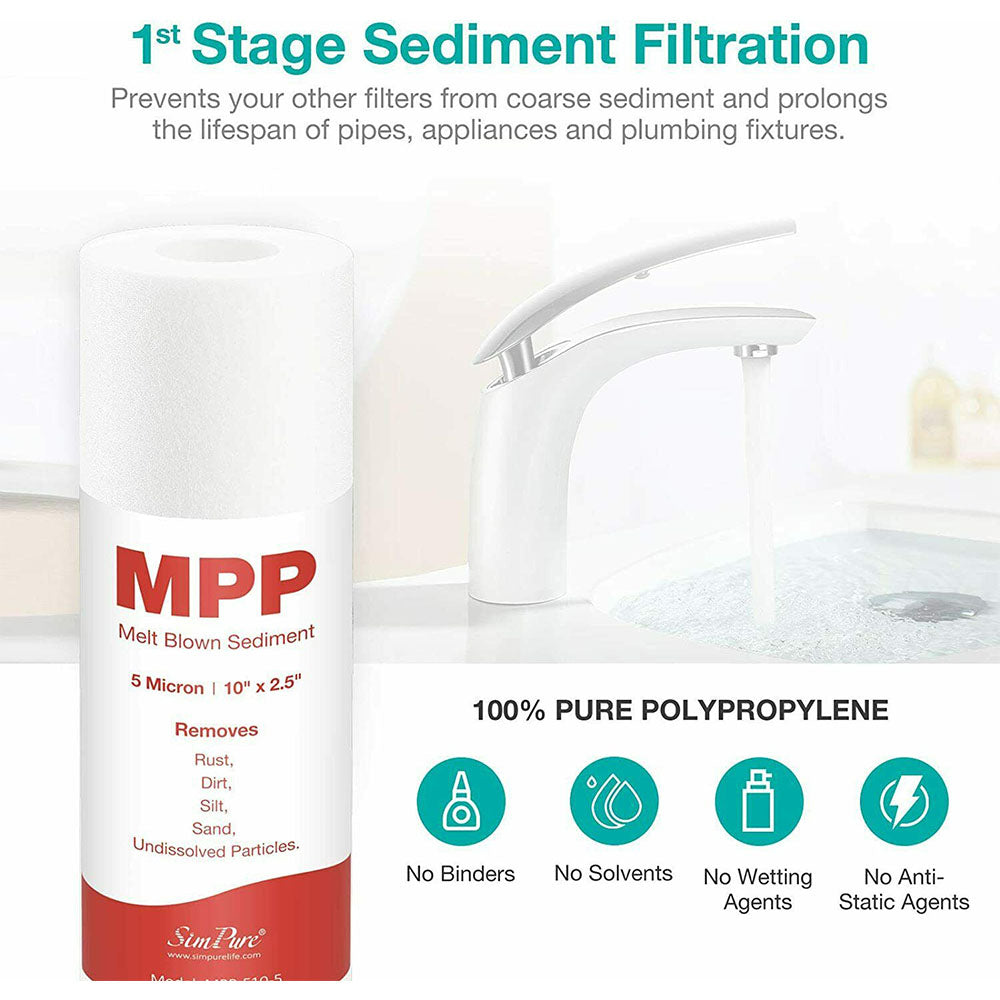
SimPure T1 5-Stage Under Sink RO Water Filter Filtration System No Electricity Required
Sale price$159.99 USD
SimPure Best Selling Products
$110 OffTop


SimPure Y9A 300GPD 6-Stage Alkaline Countertop RO System with Remineralization
Sale price$439.99 USD
$90 OffTop


SimPure T1-400ALK 8 Stage 400GPD Under Sink Tankless RO System with Remineralization
Sale price$349.99 USD
$150 OffTop


SimPure Q3-600 7-Stage 600GPD Under Sink Tankless RO Water Filtration System
Sale price$319.99 USD
15% OffTop
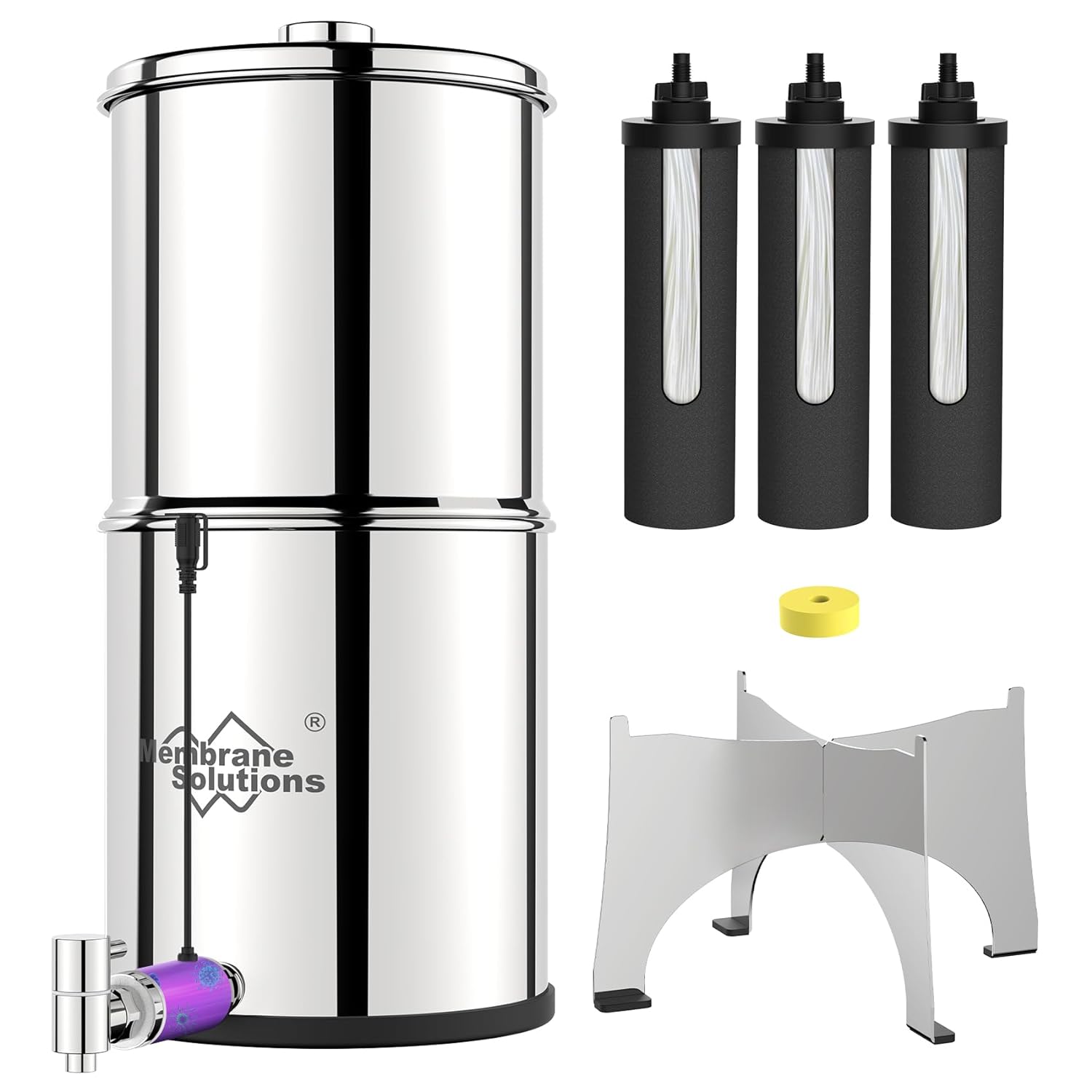
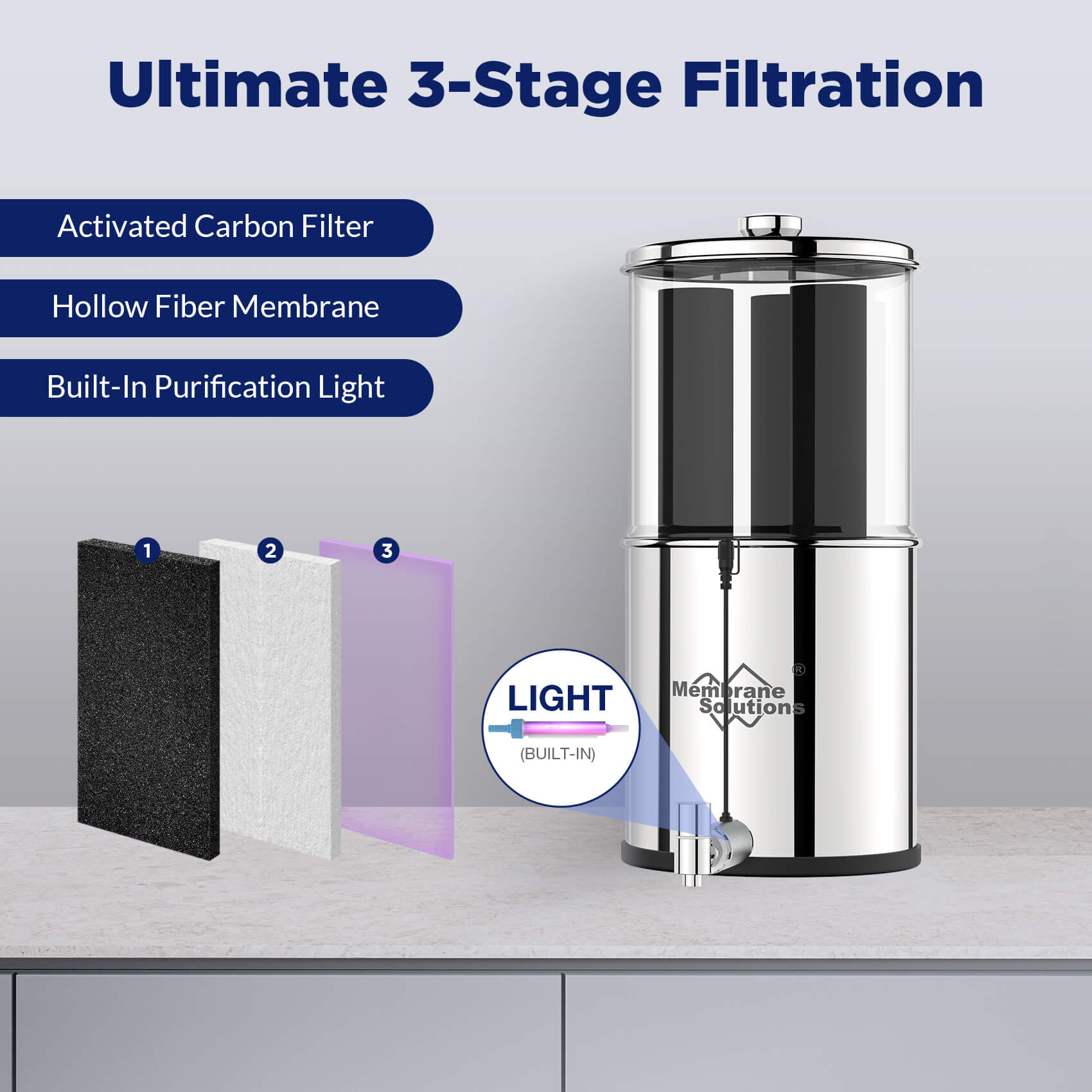
Membrane Solutions U3P 2.25-Gallons Stainless Steel Gravity Water Filter Fed Tank with 3 Black Filters
Sale price$199.99 USD
Regular price$239.99 USD
15% OffTop
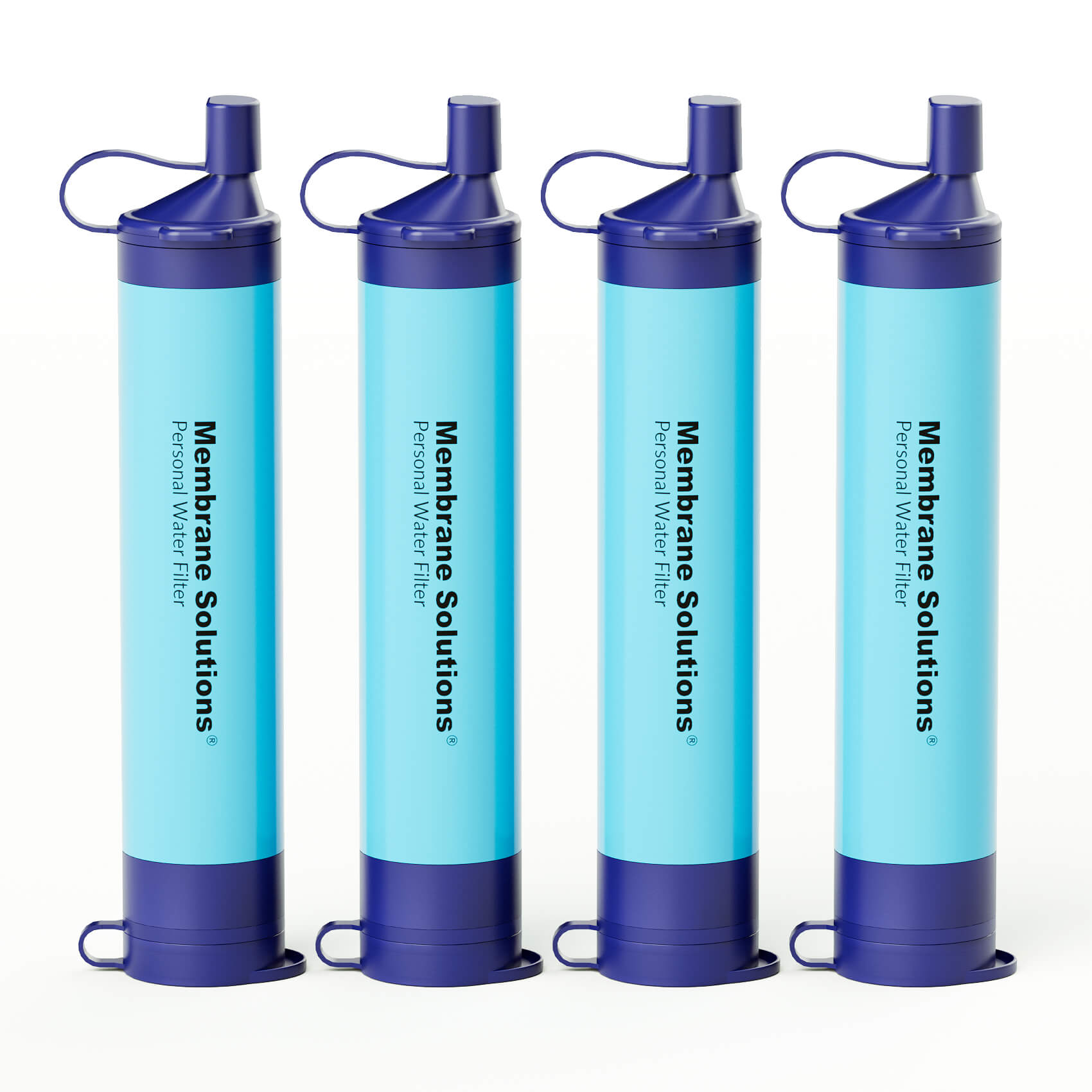
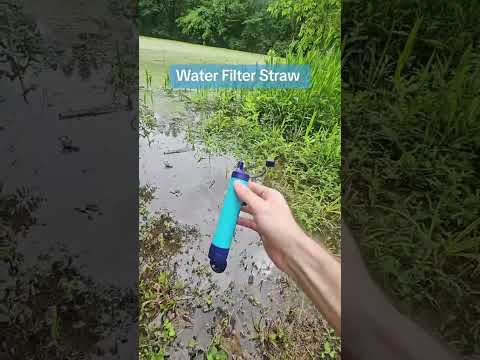
Membrane Solutions Personal Straw Water Filter for Camping, Hiking, Survival, Emergency, Travel
Sale priceFrom $38.99 USD
$130 OffTop


SimPure Y10H 6-Stage Countertop RO System Instant Hot Water Filter Dispenser
Sale price$399.99 USD
$110 OffTop


SimPure Y9A 300GPD 6-Stage Alkaline Countertop RO System with Remineralization
Sale price$439.99 USD
$90 OffTop


SimPure T1-400ALK 8 Stage 400GPD Under Sink Tankless RO System with Remineralization
Sale price$349.99 USD
$150 OffTop


SimPure Q3-600 7-Stage 600GPD Under Sink Tankless RO Water Filtration System
Sale price$319.99 USD



